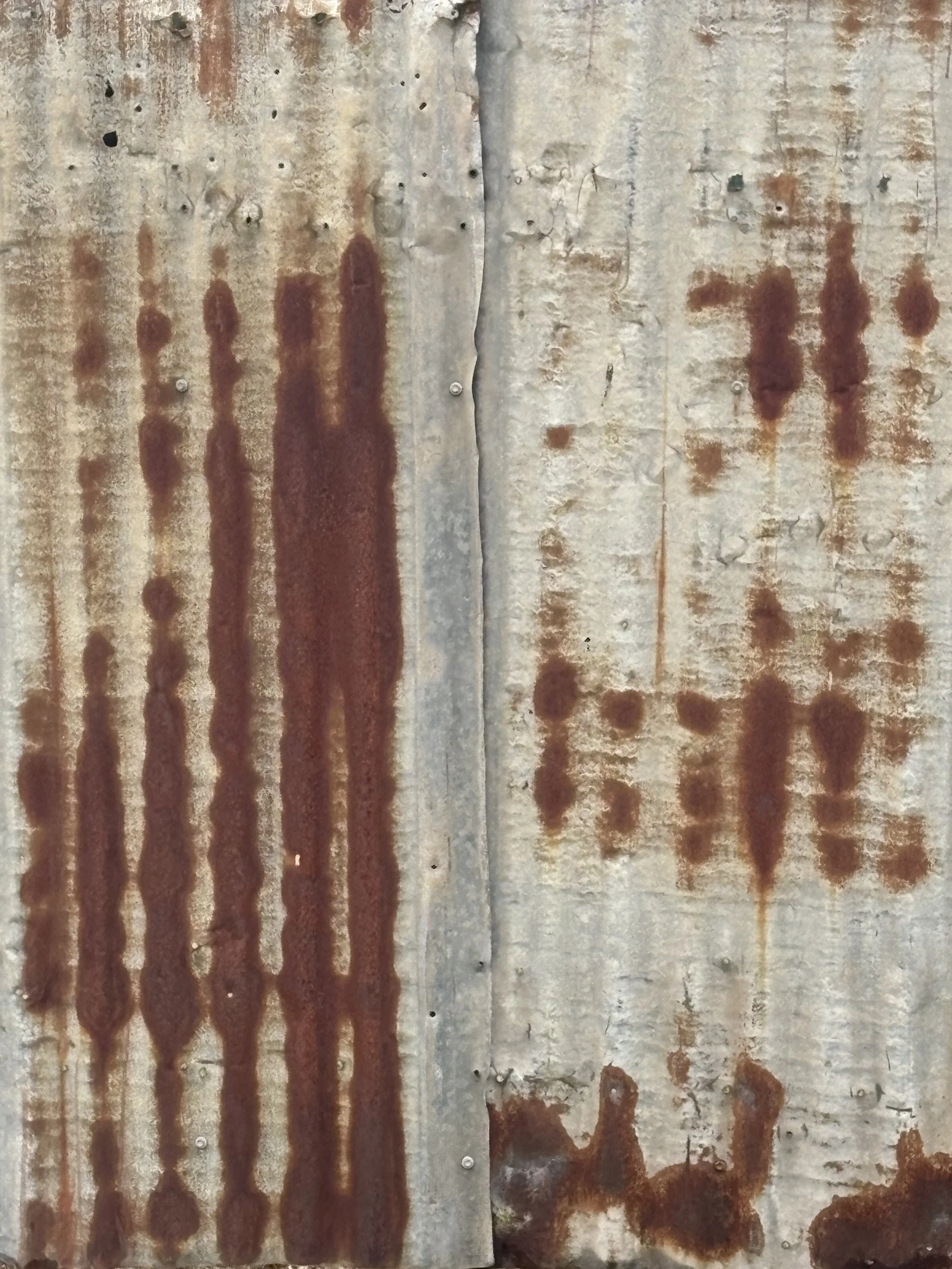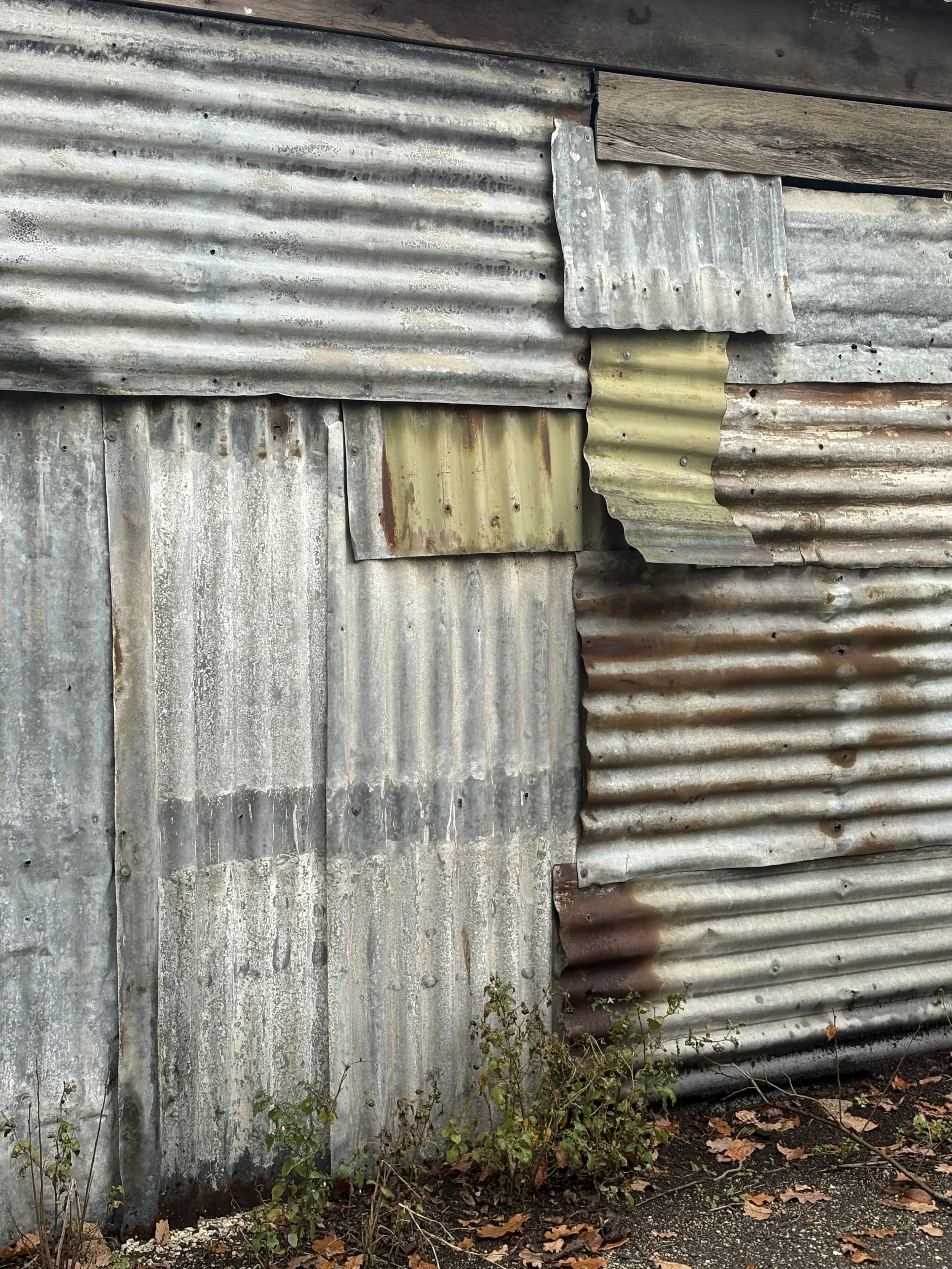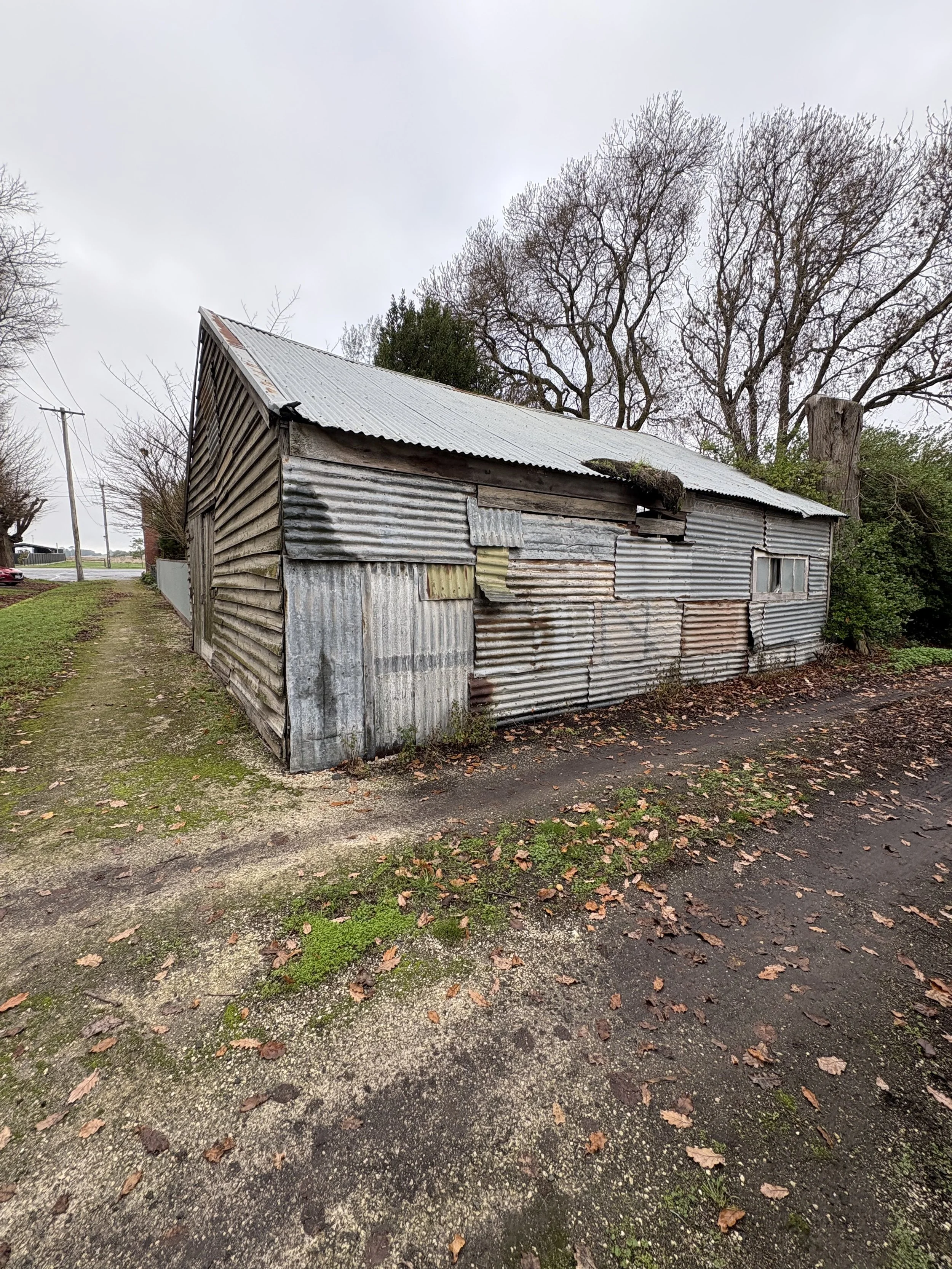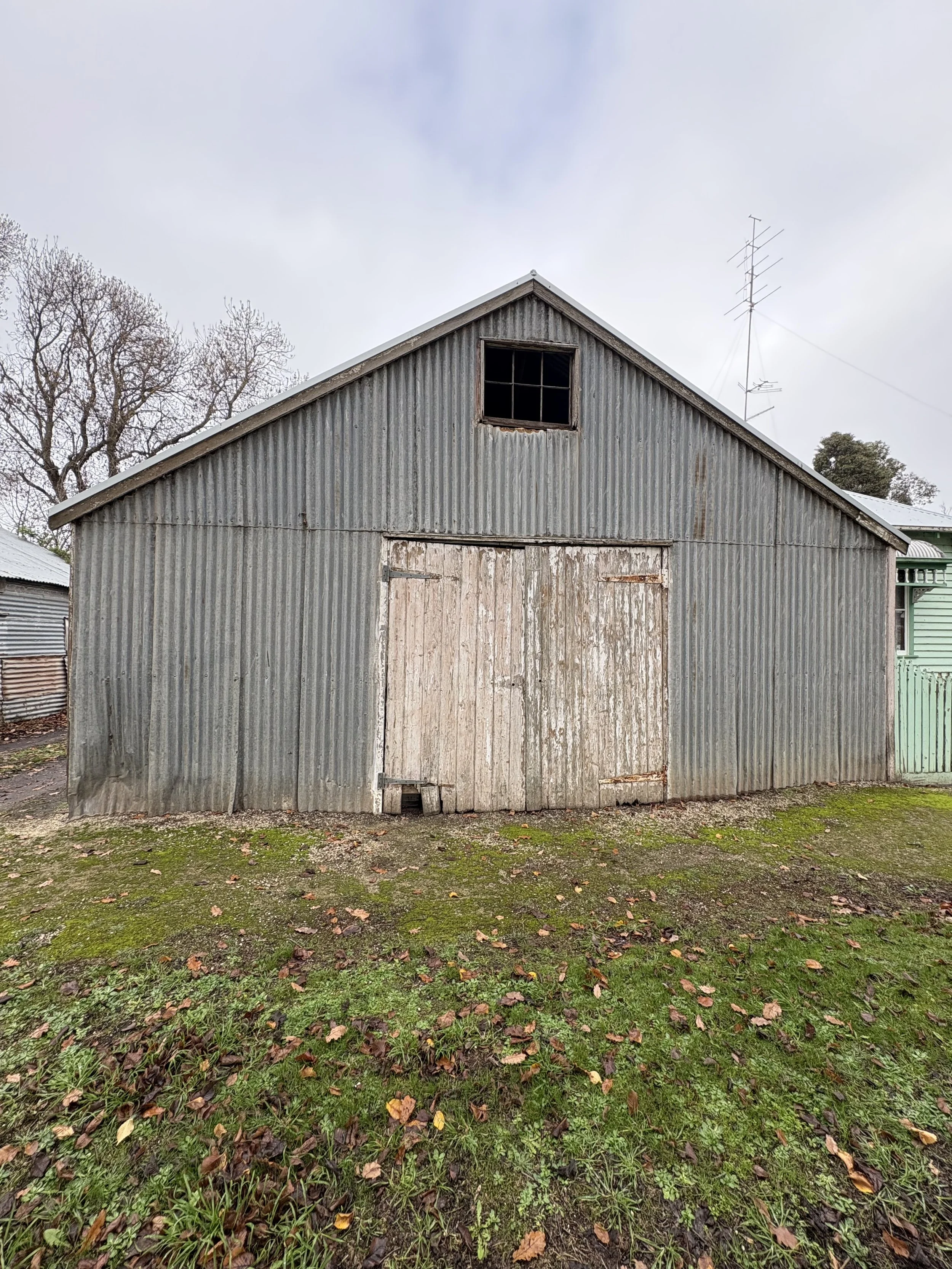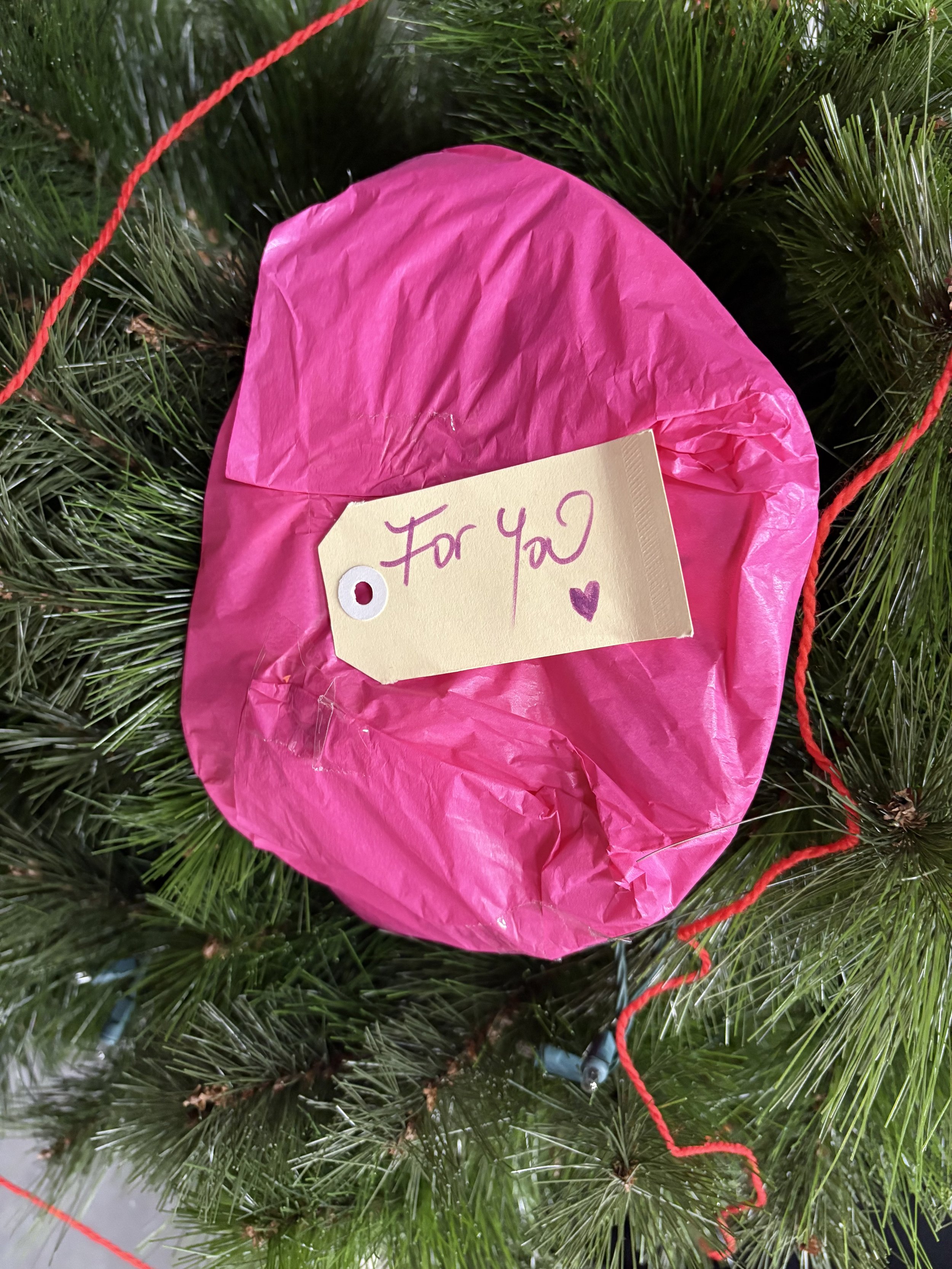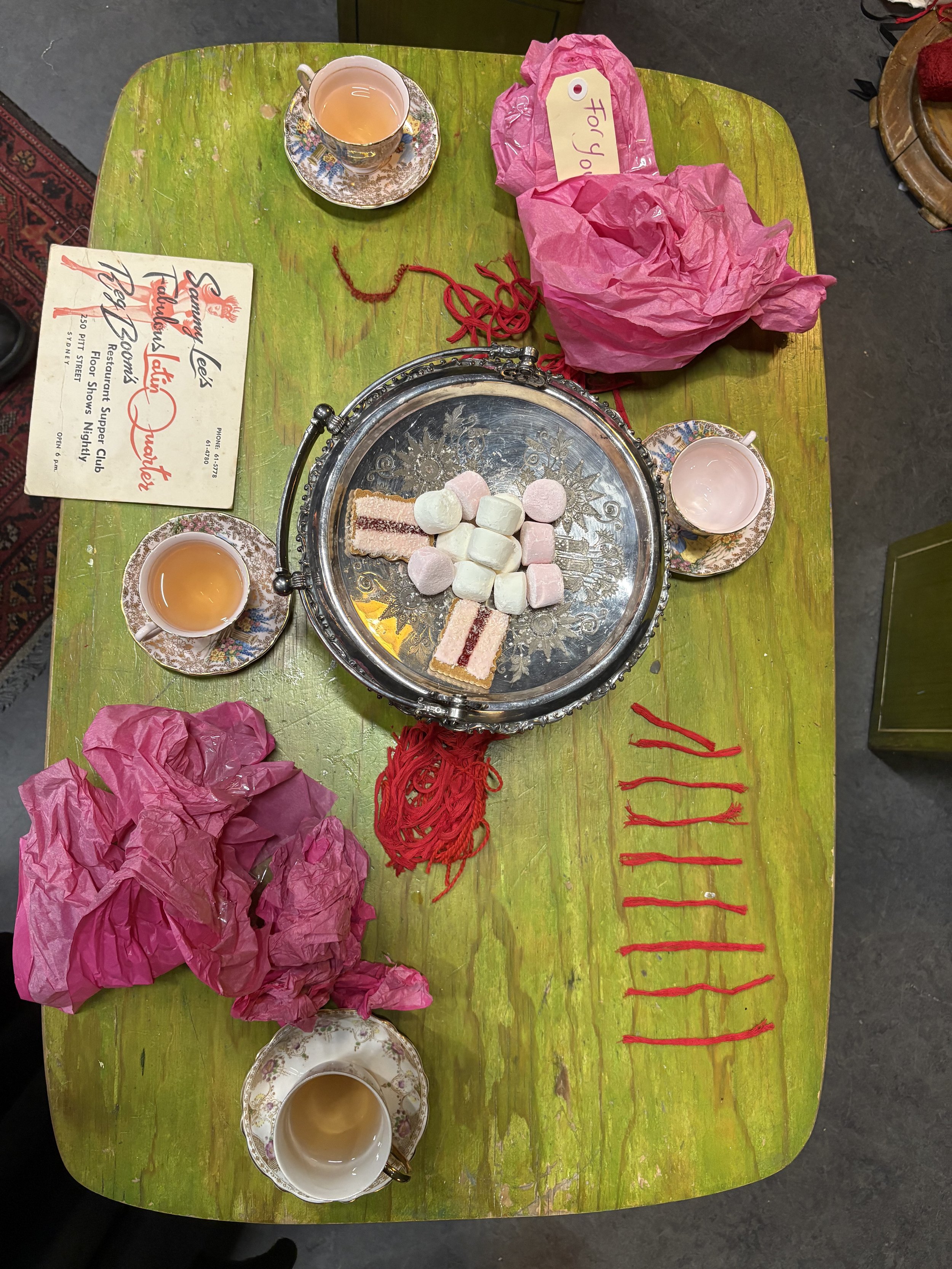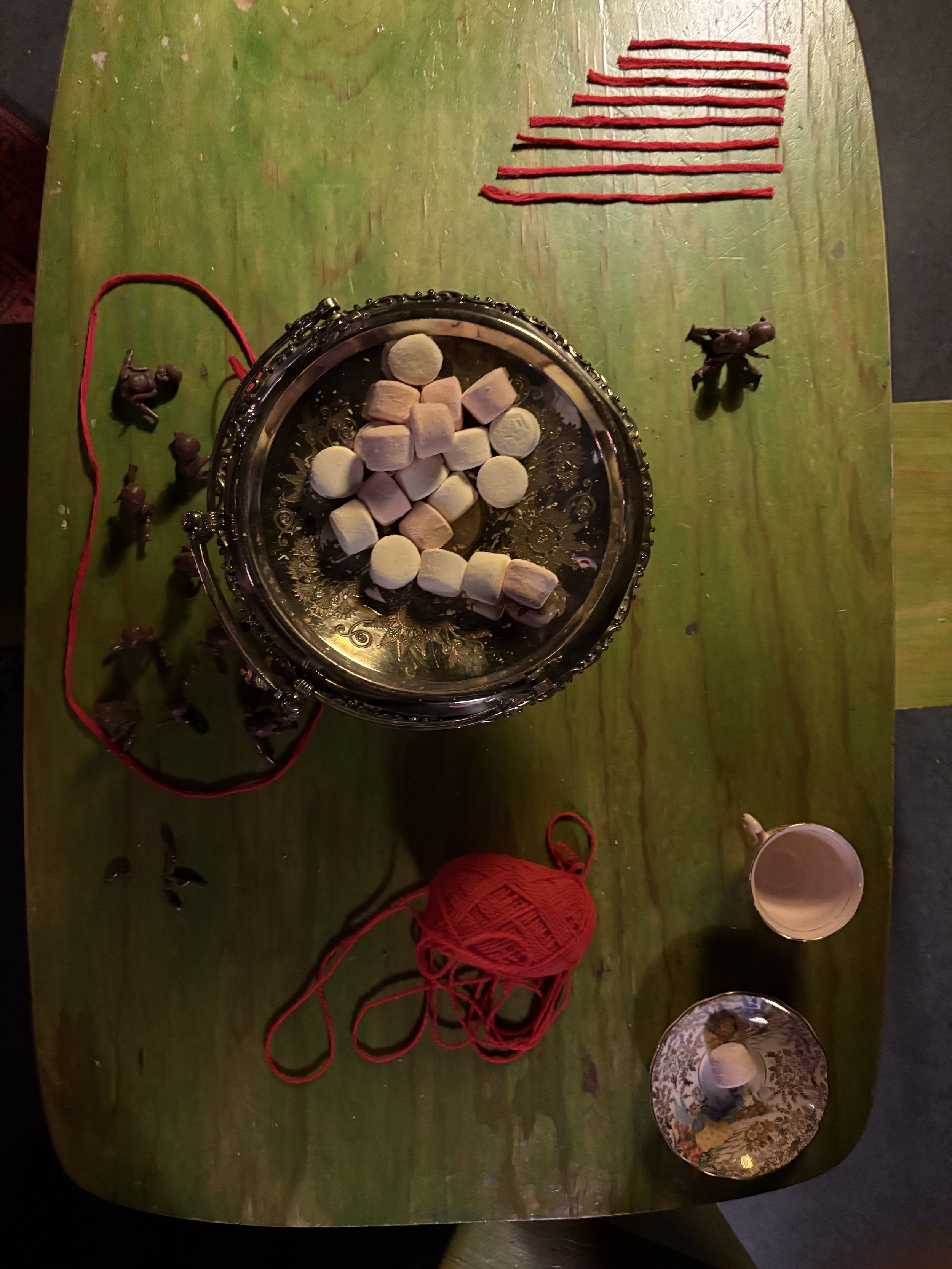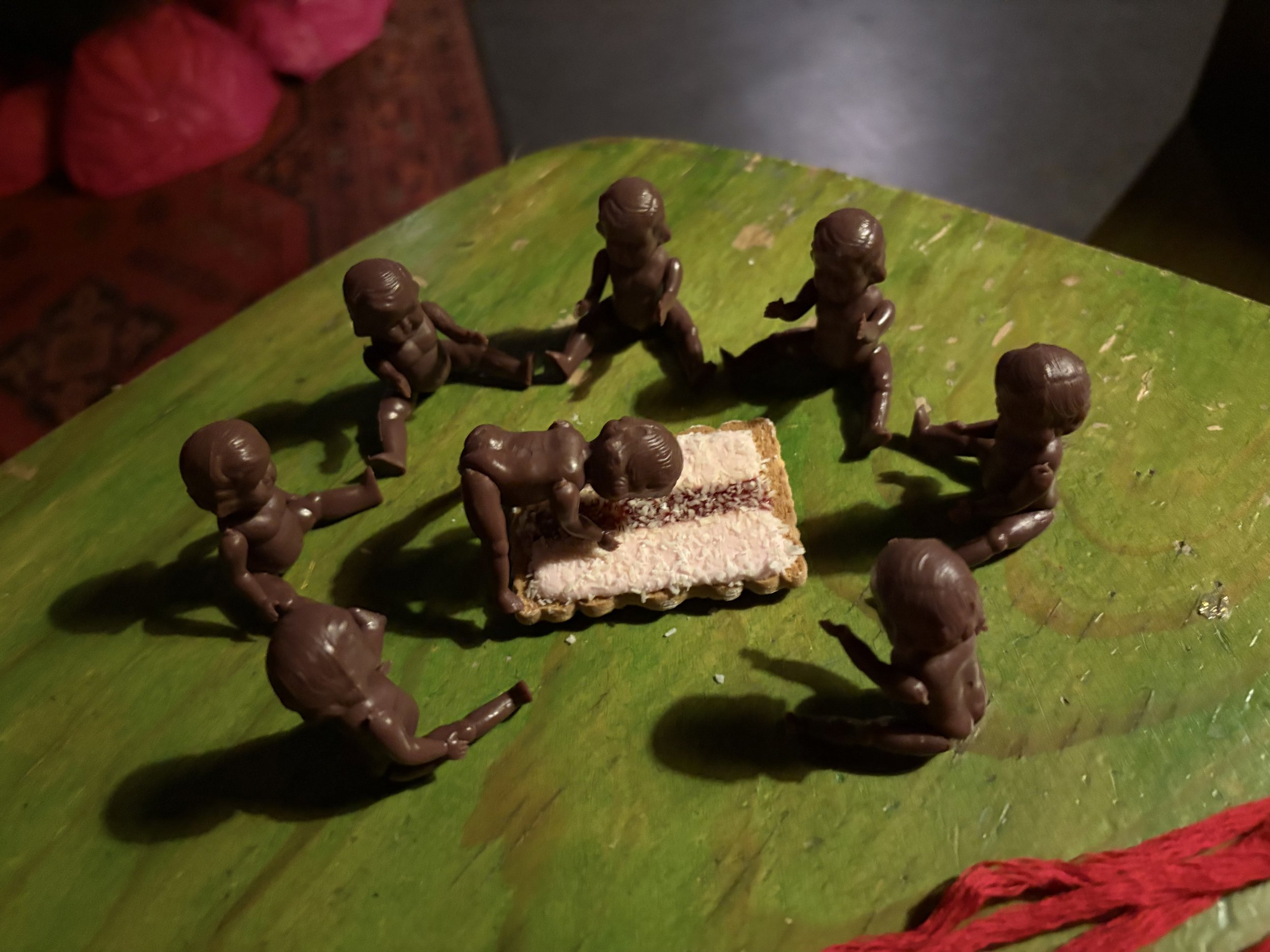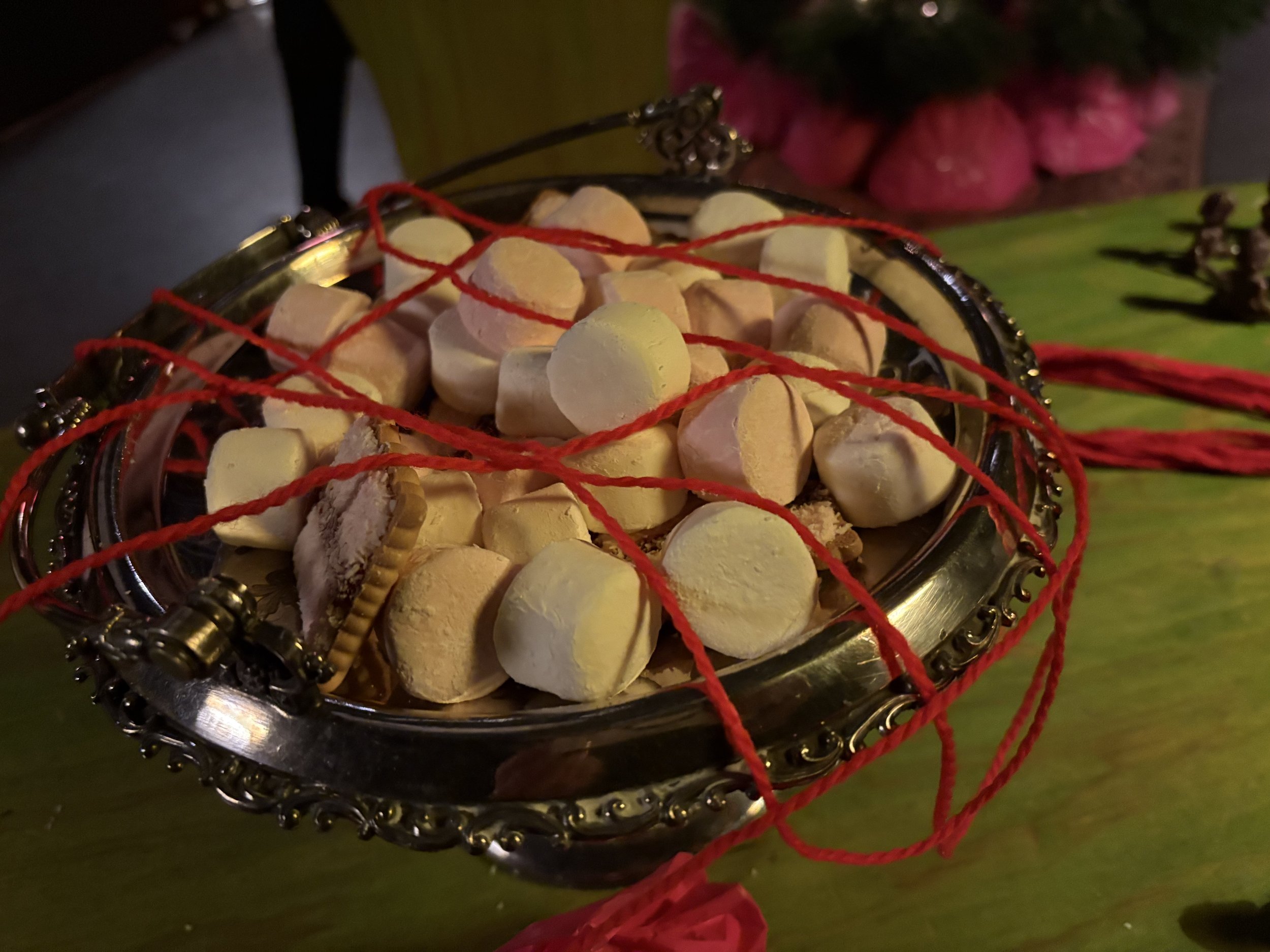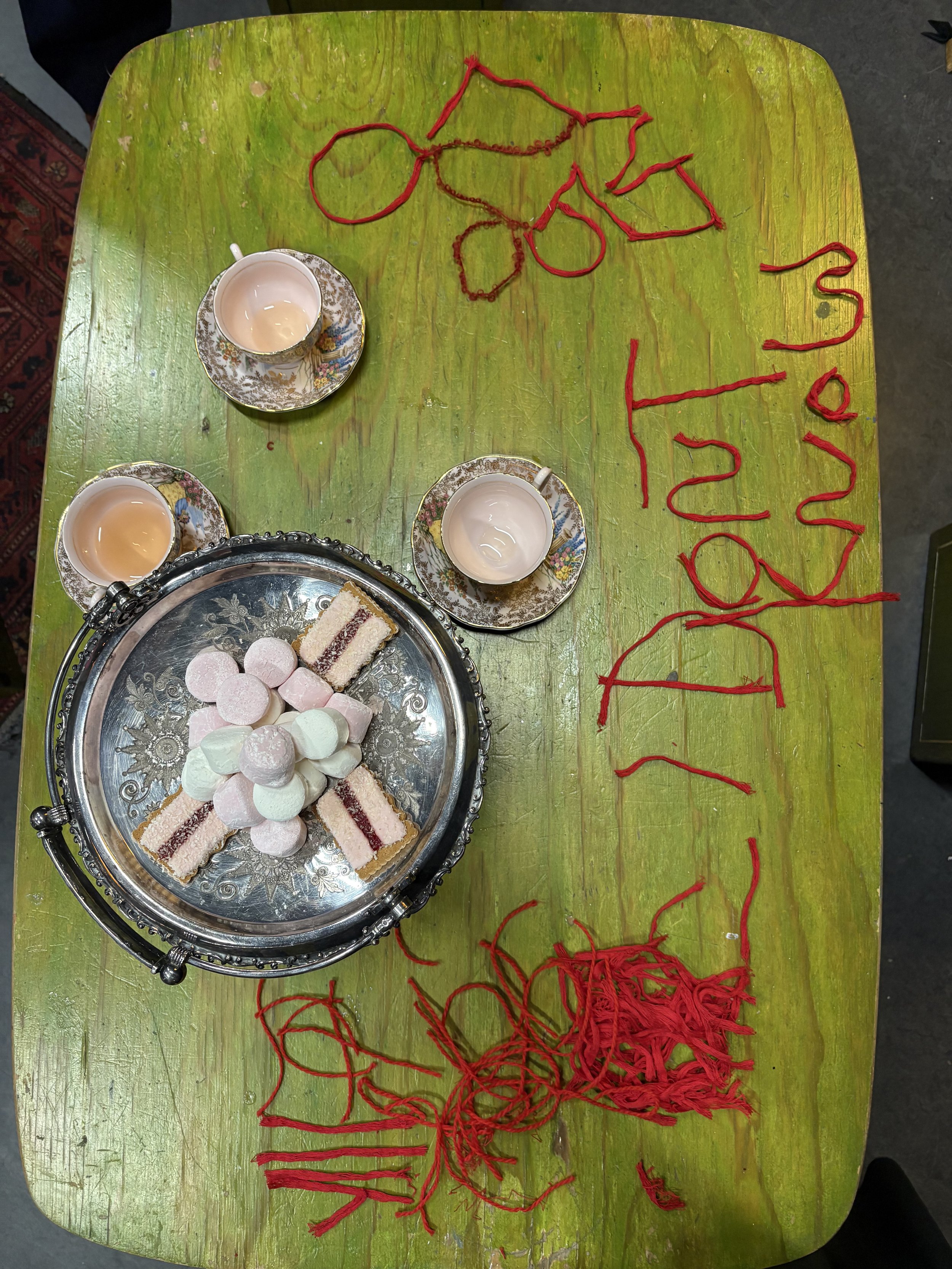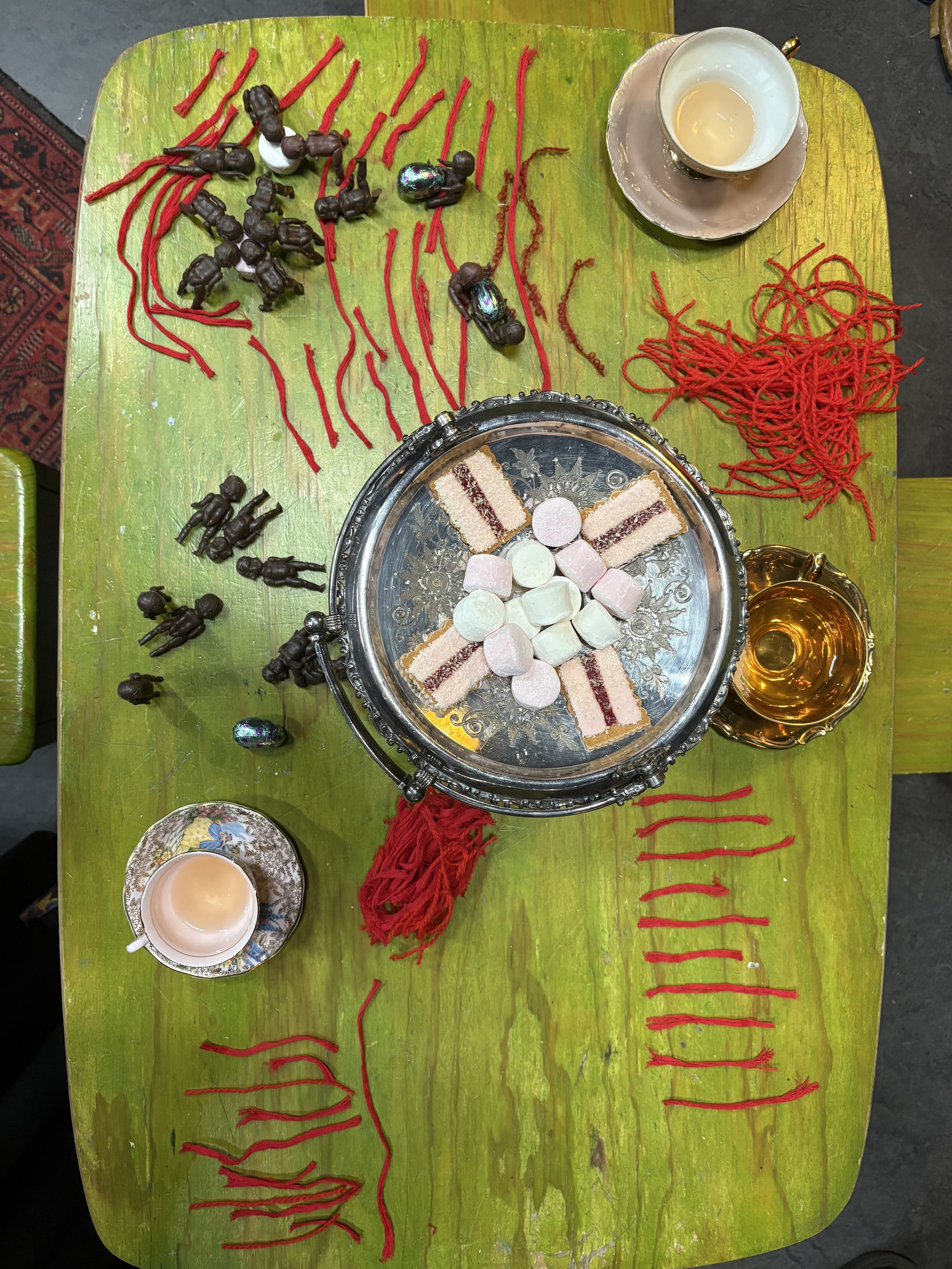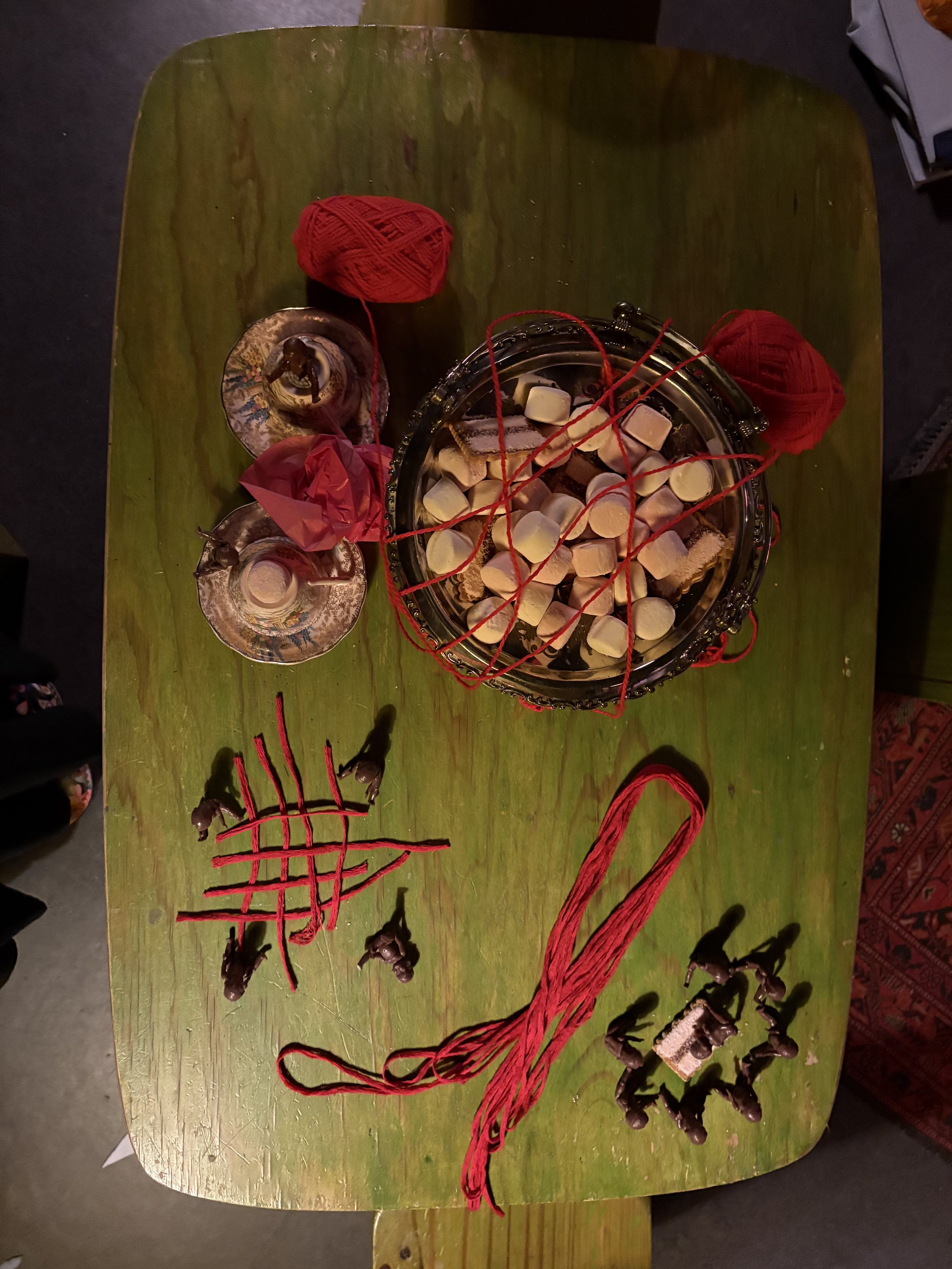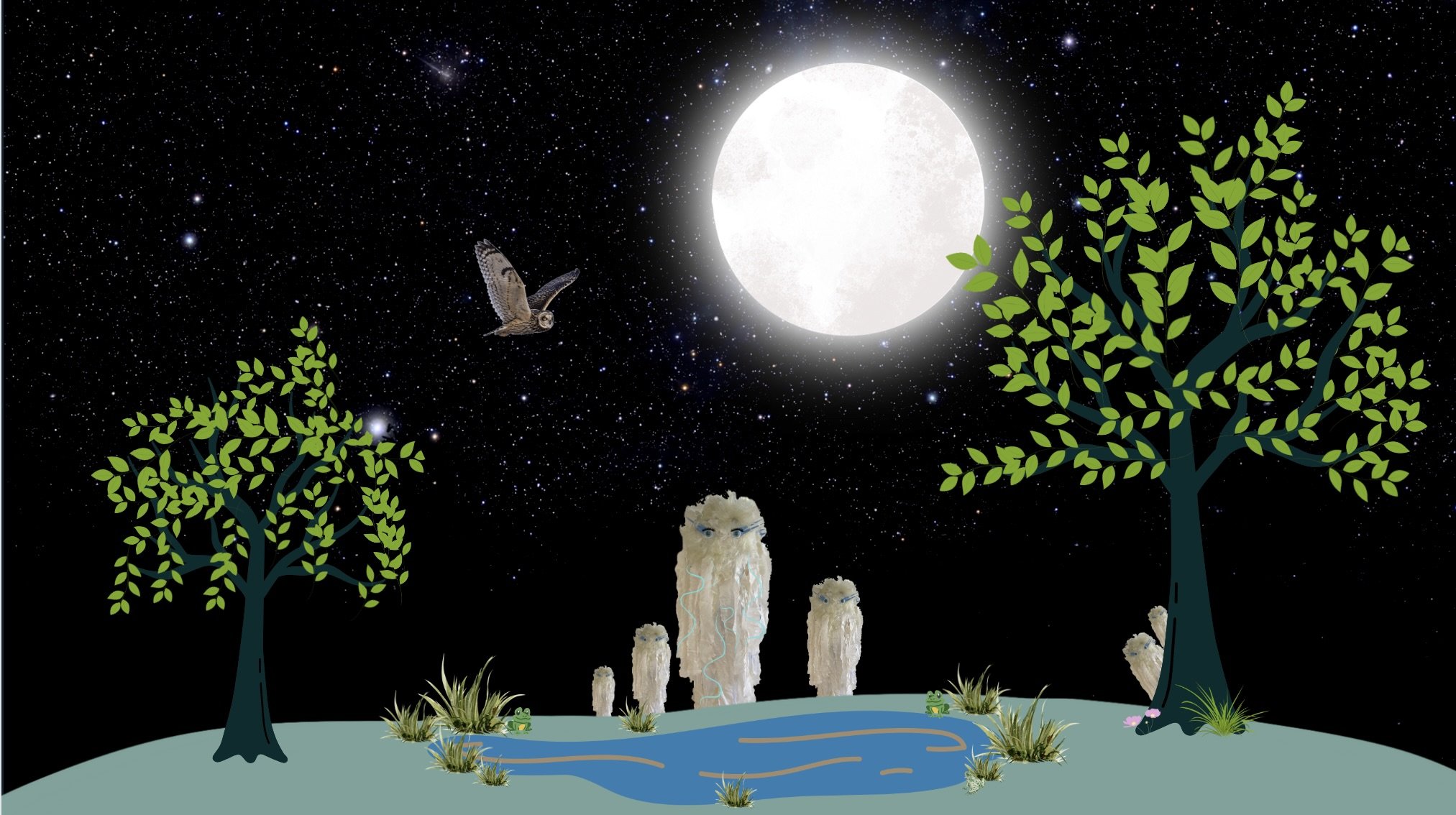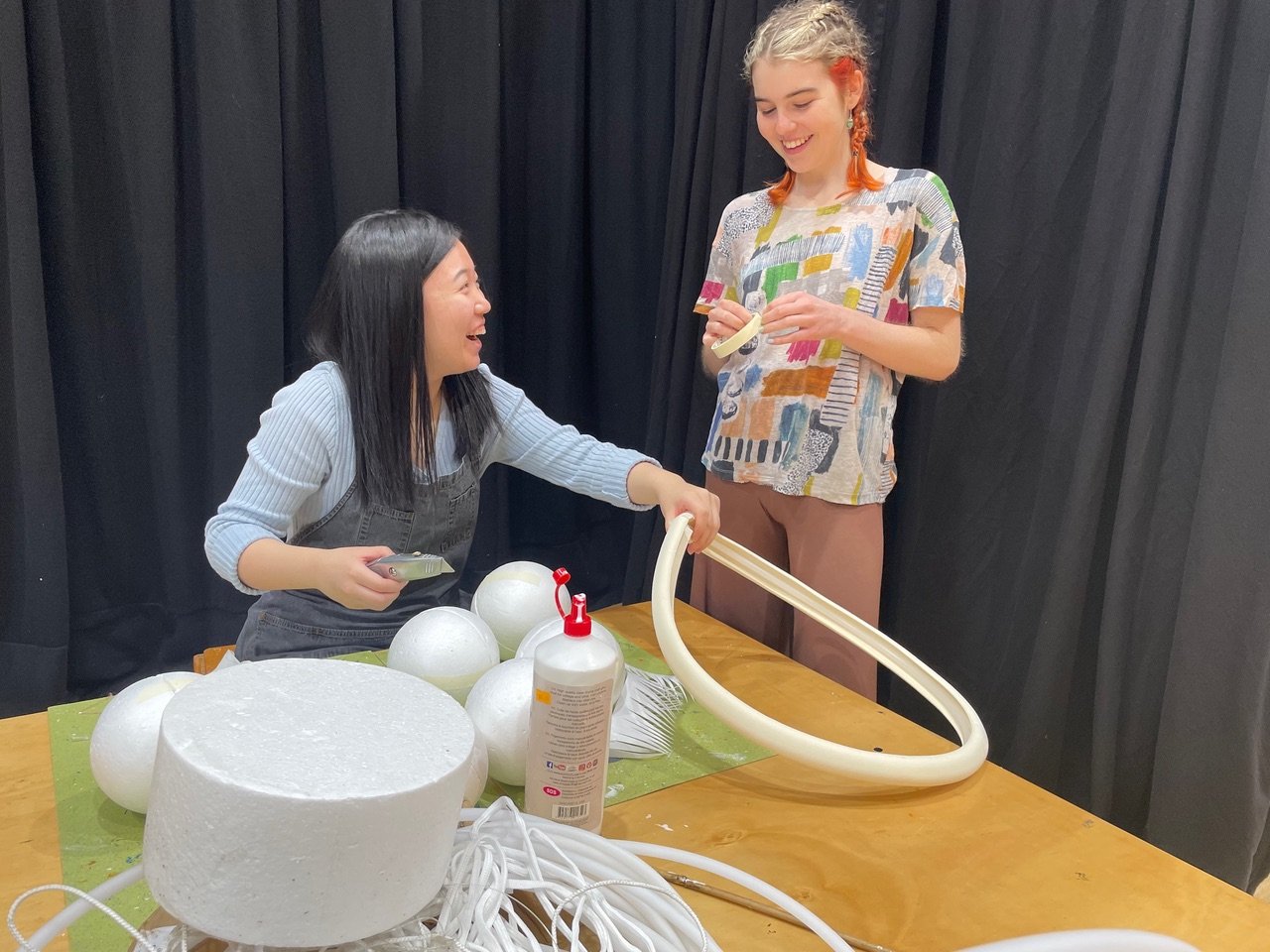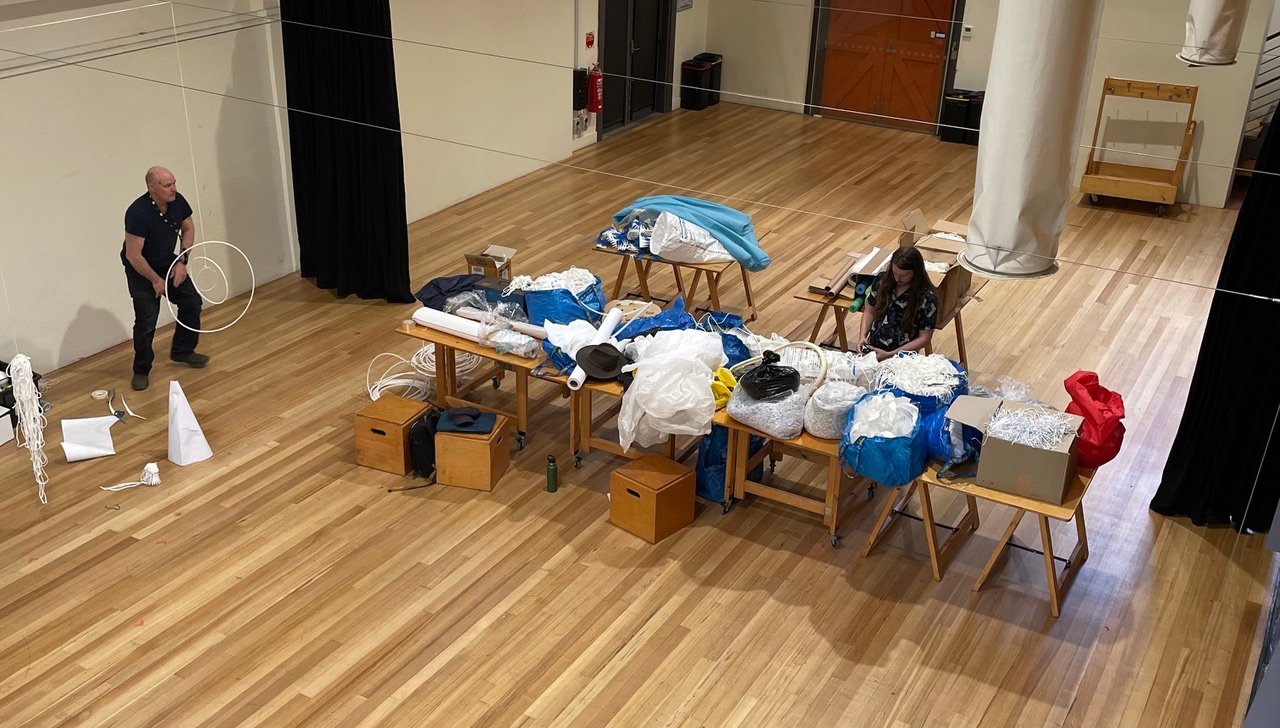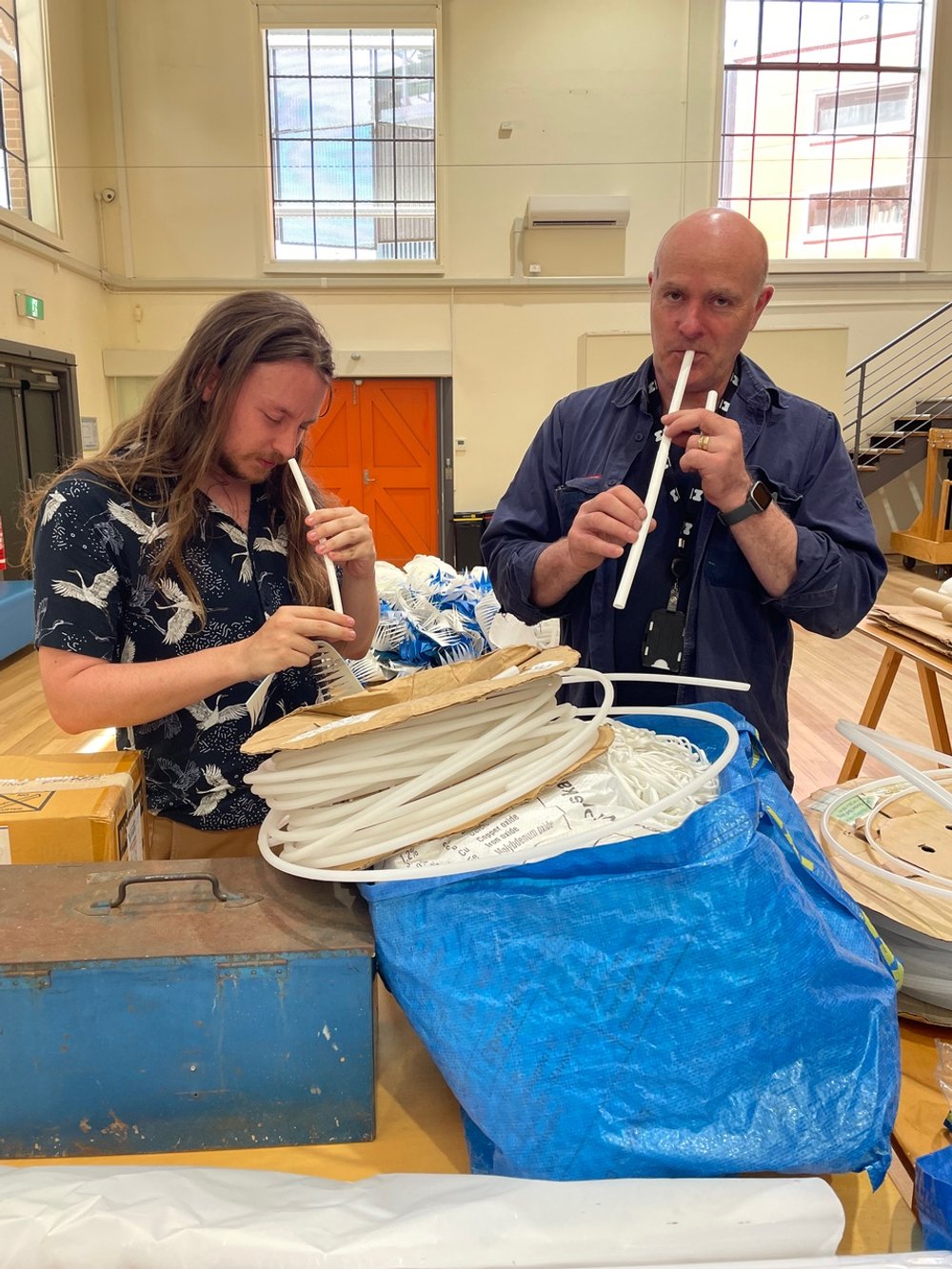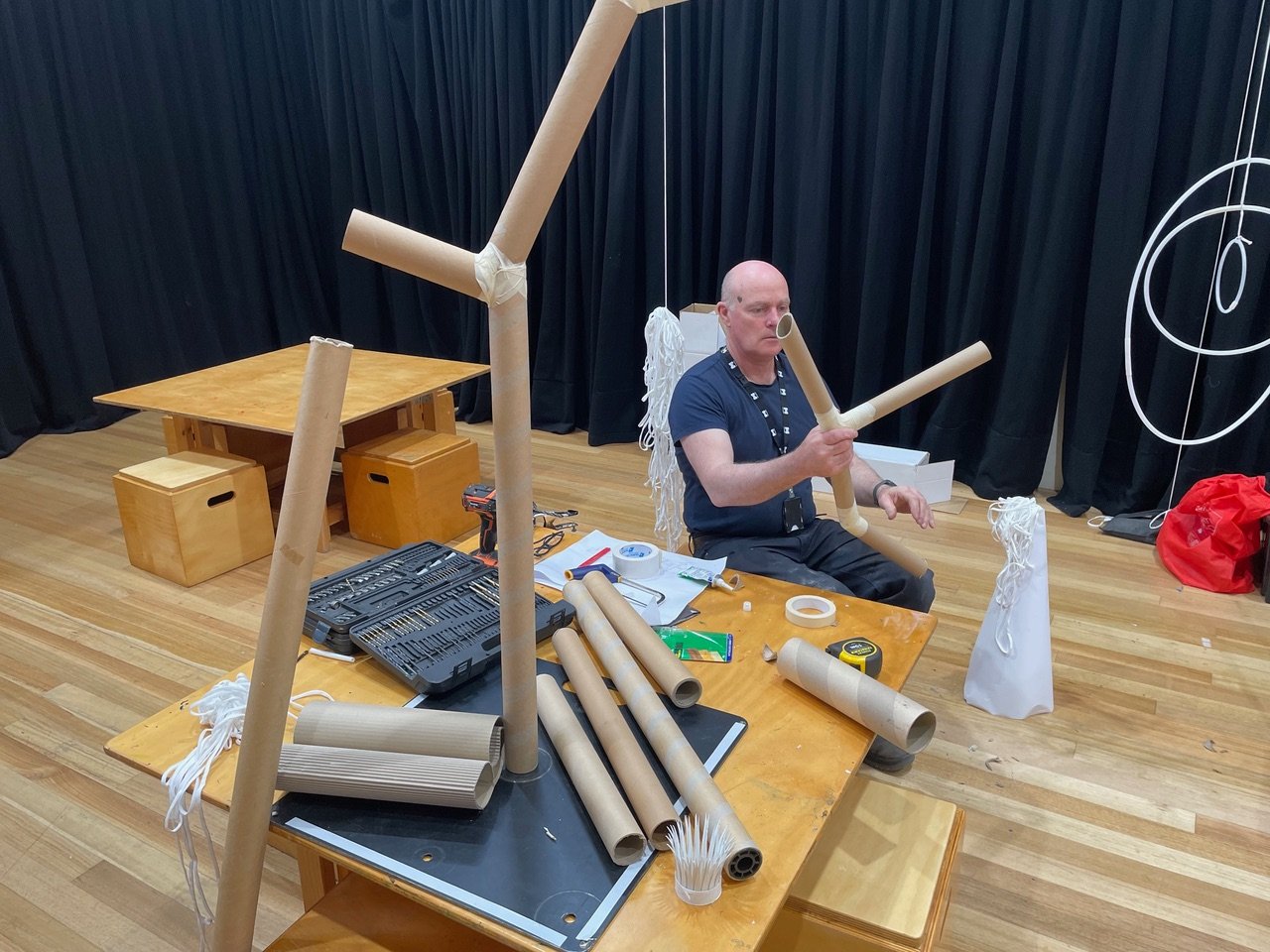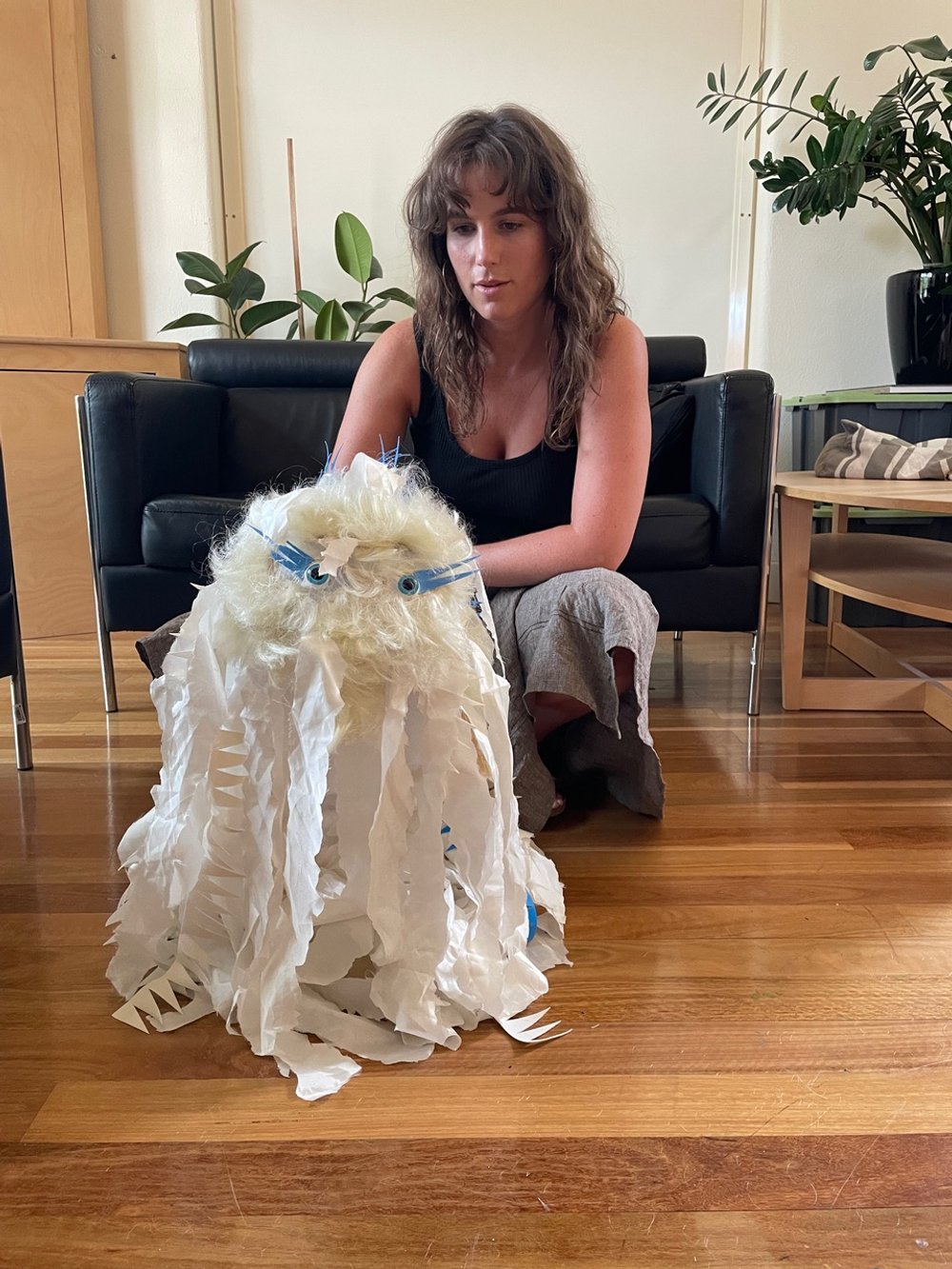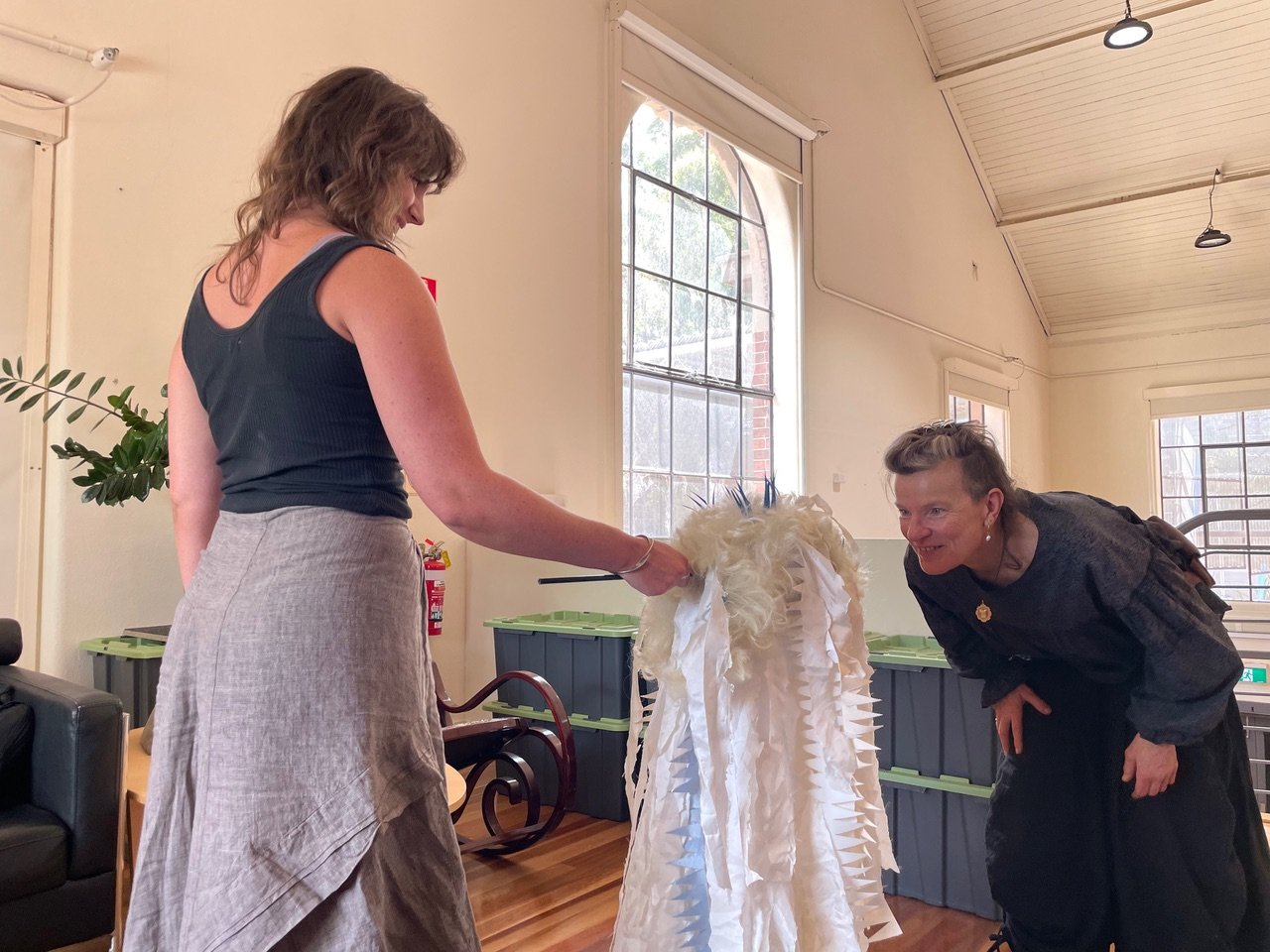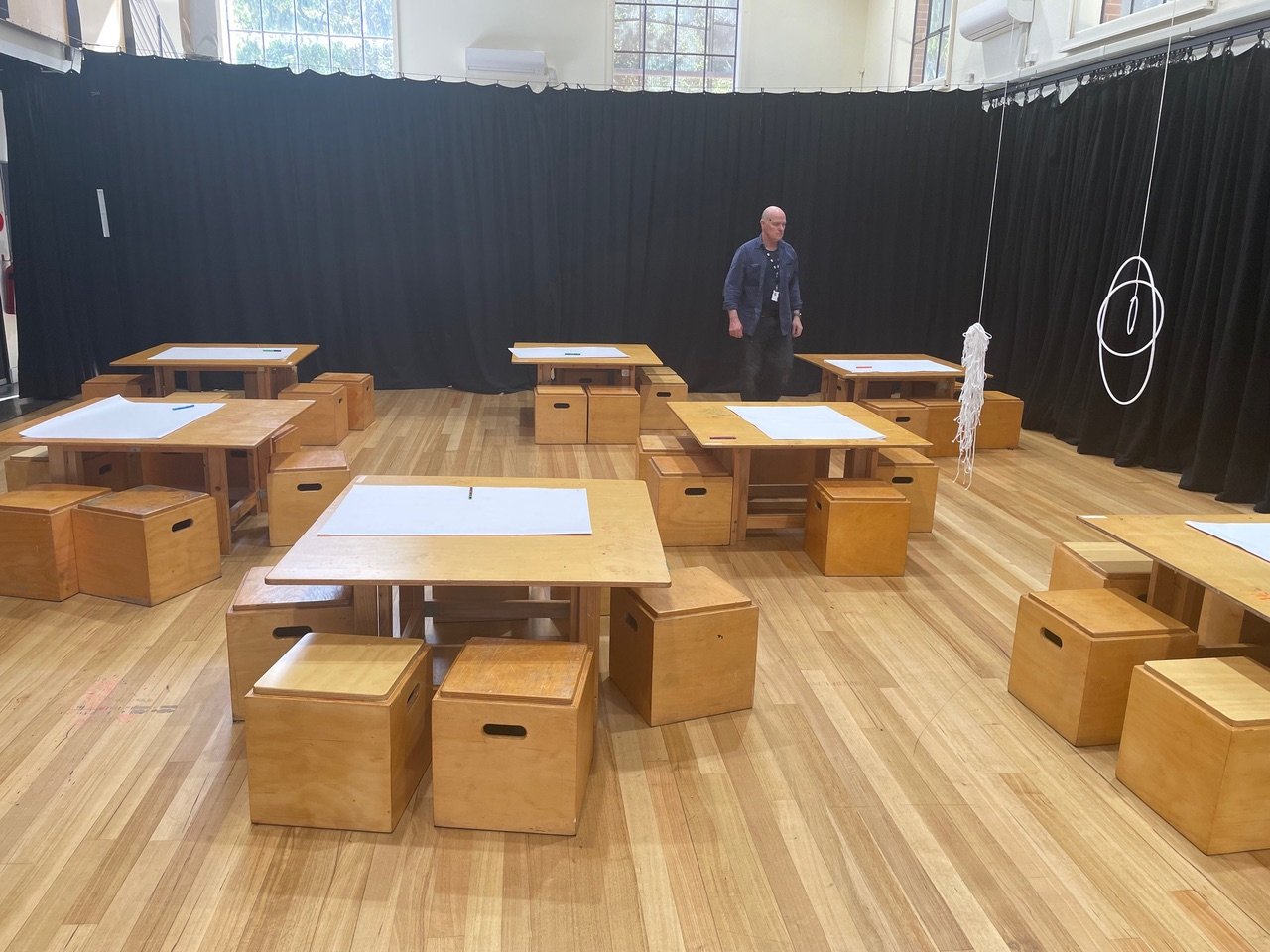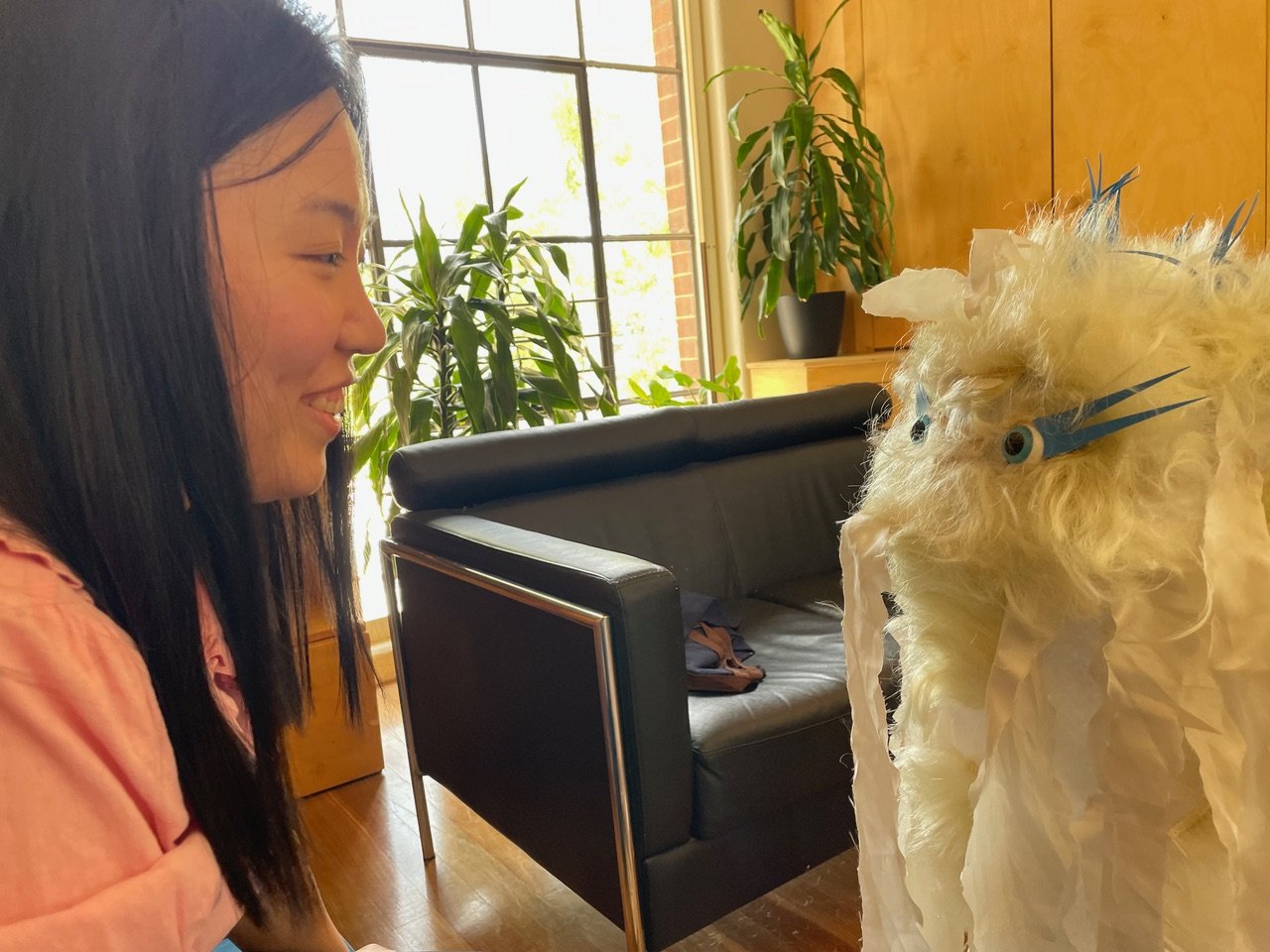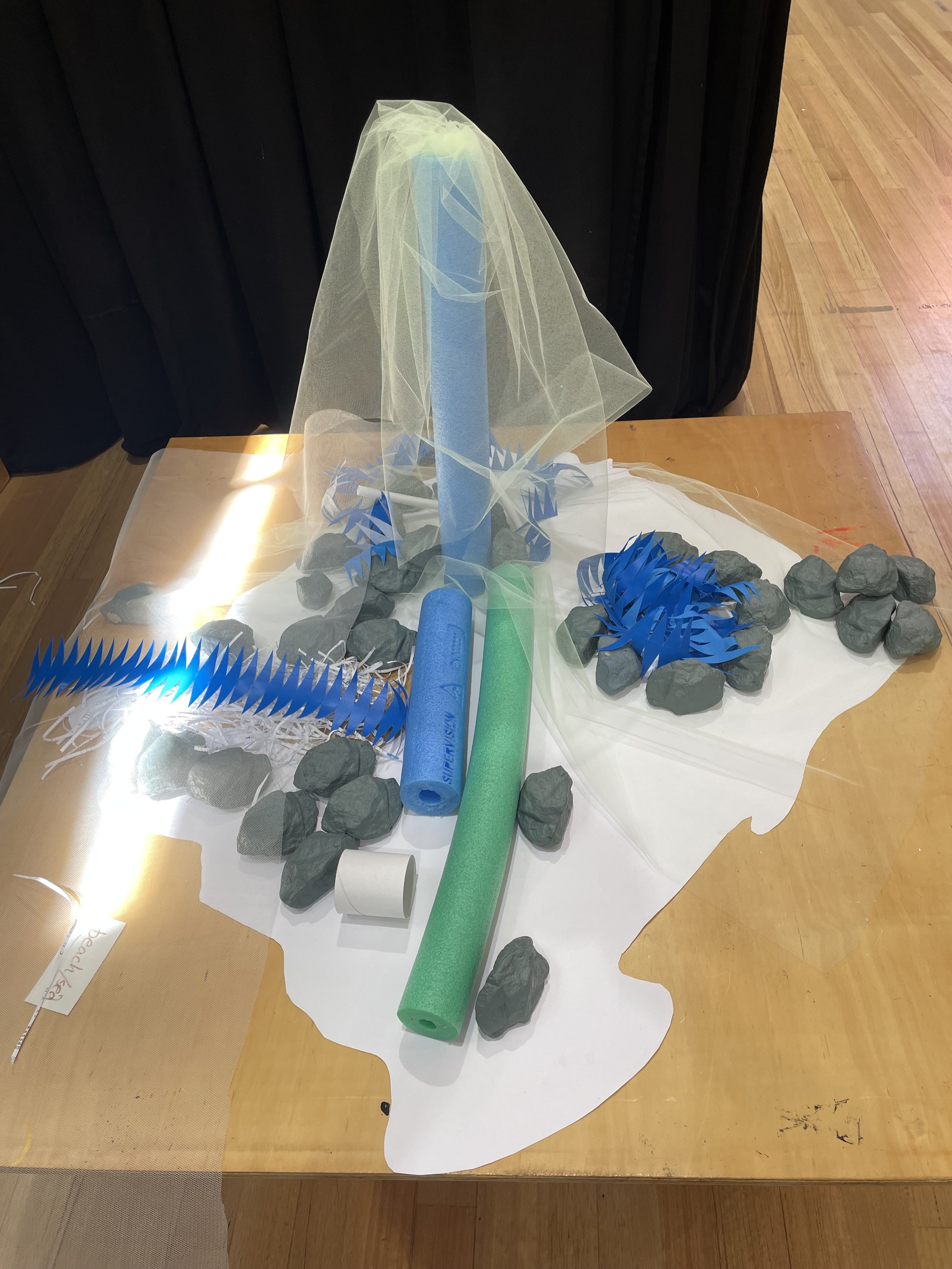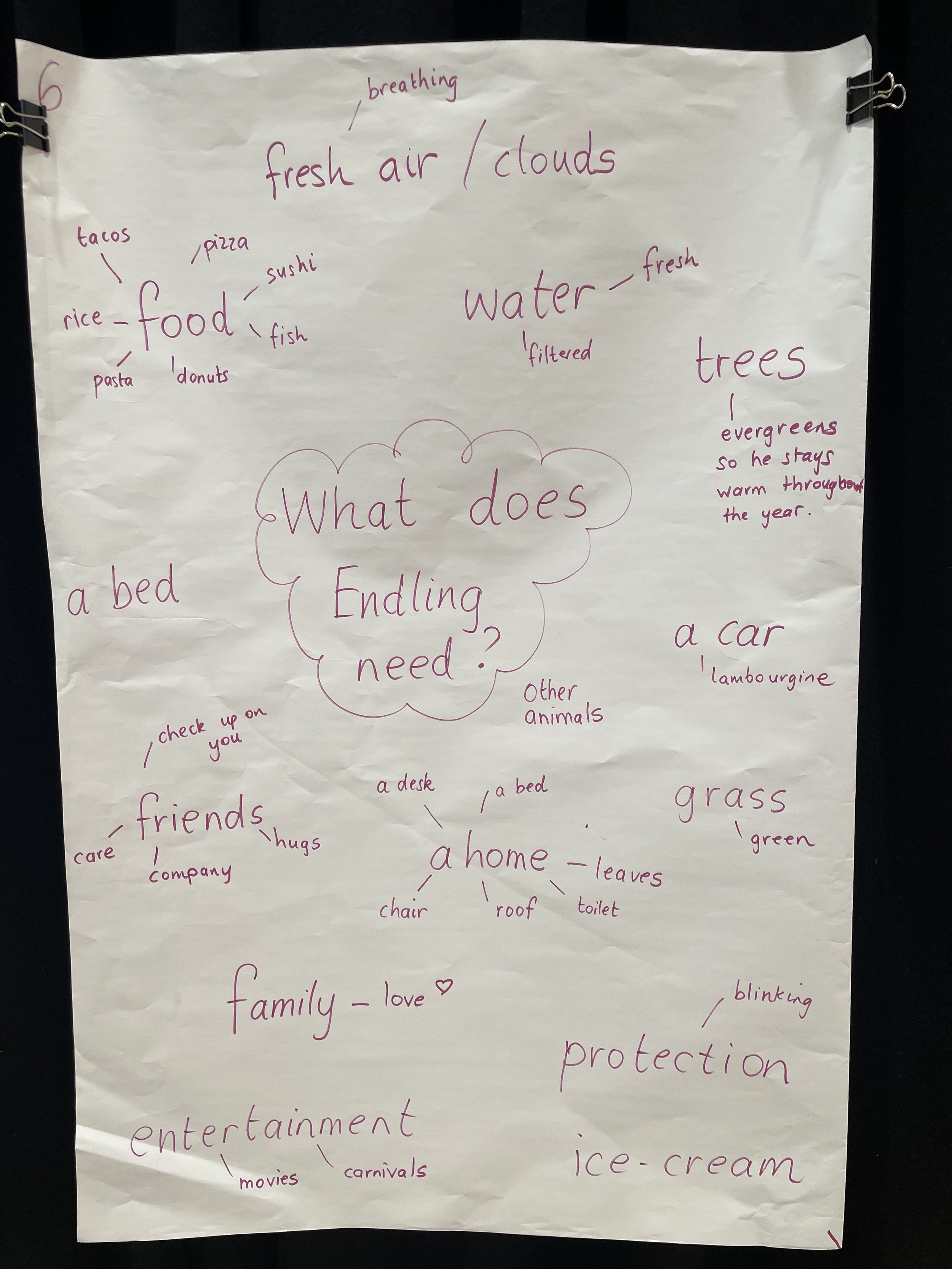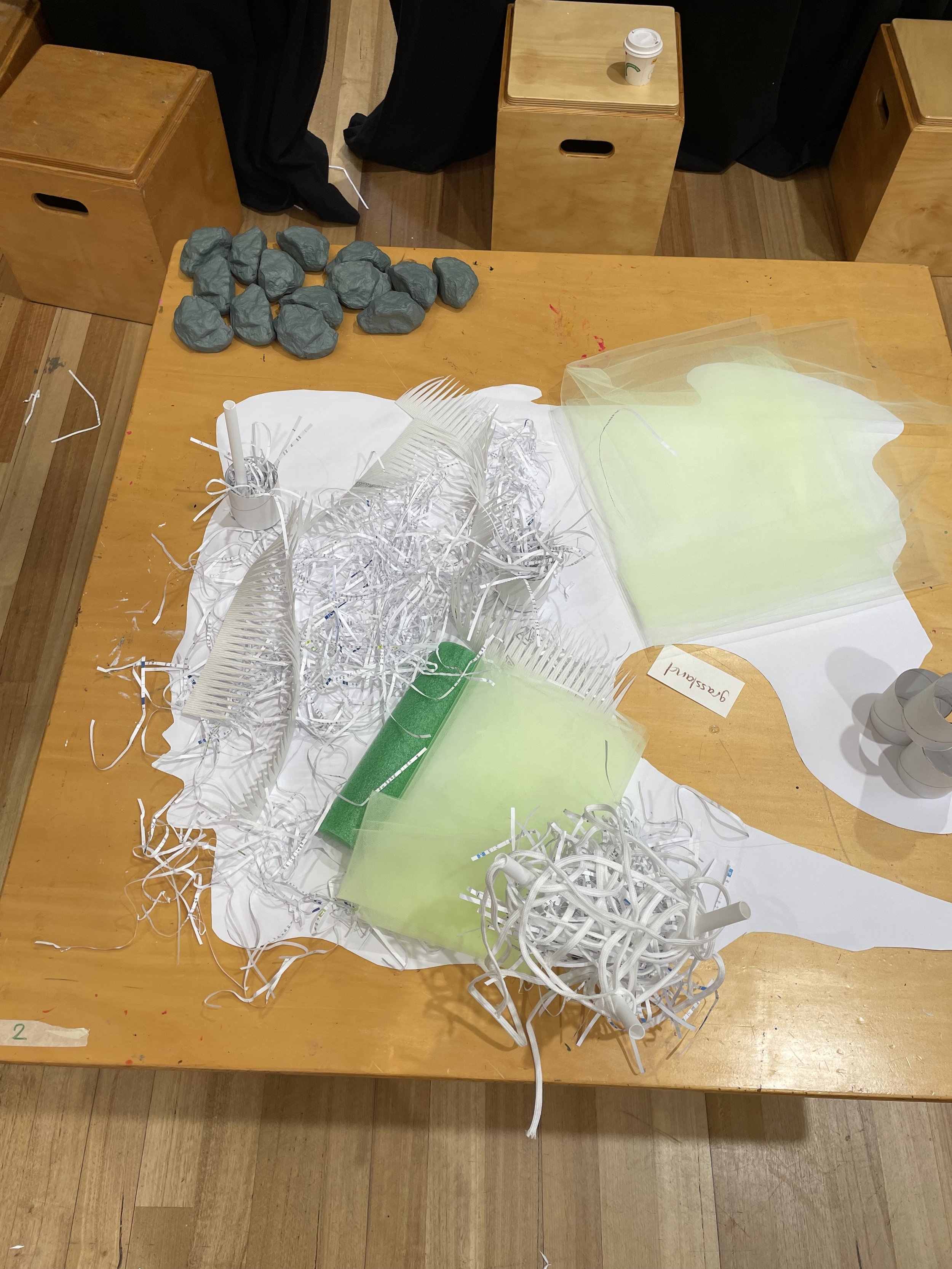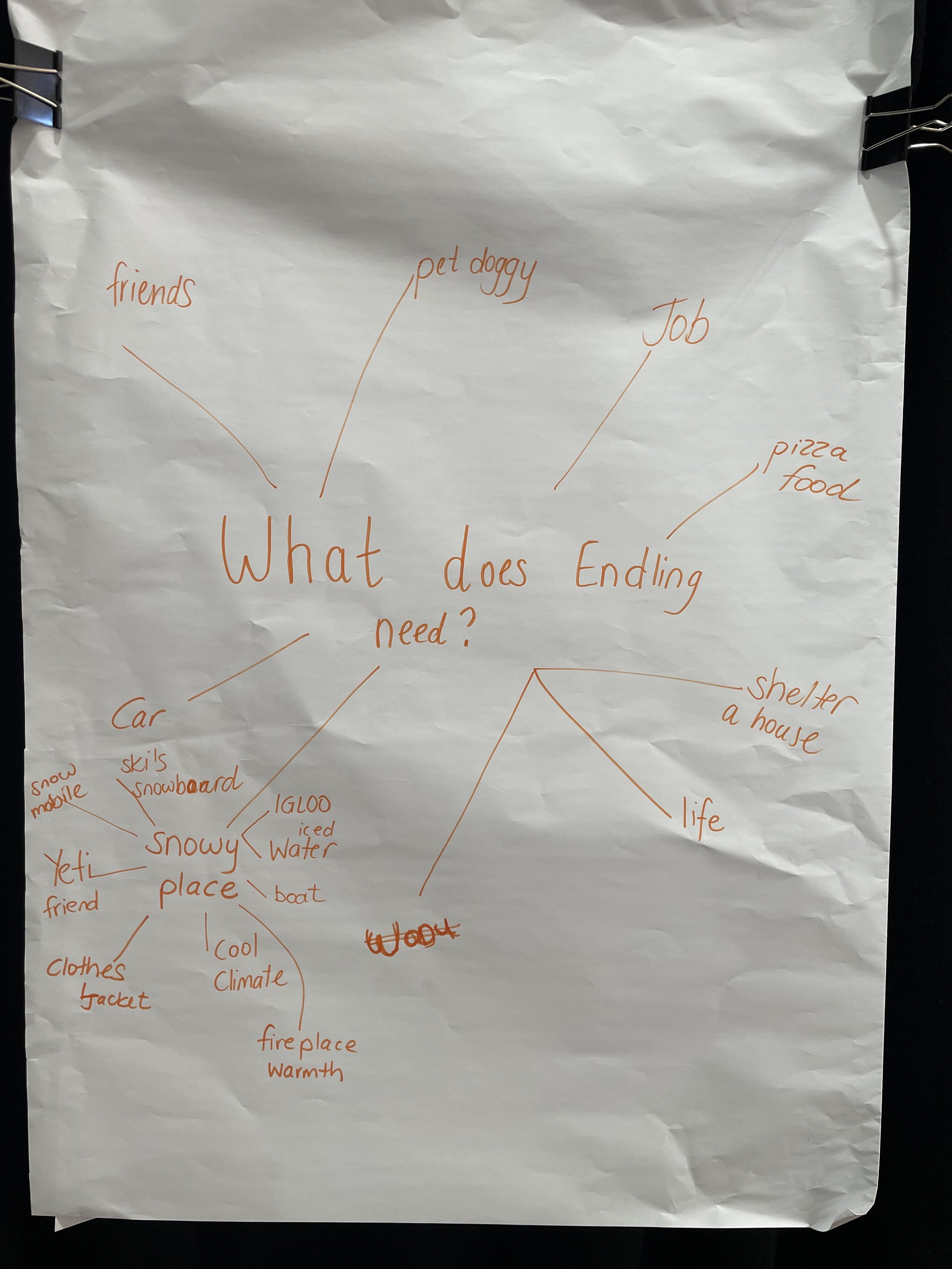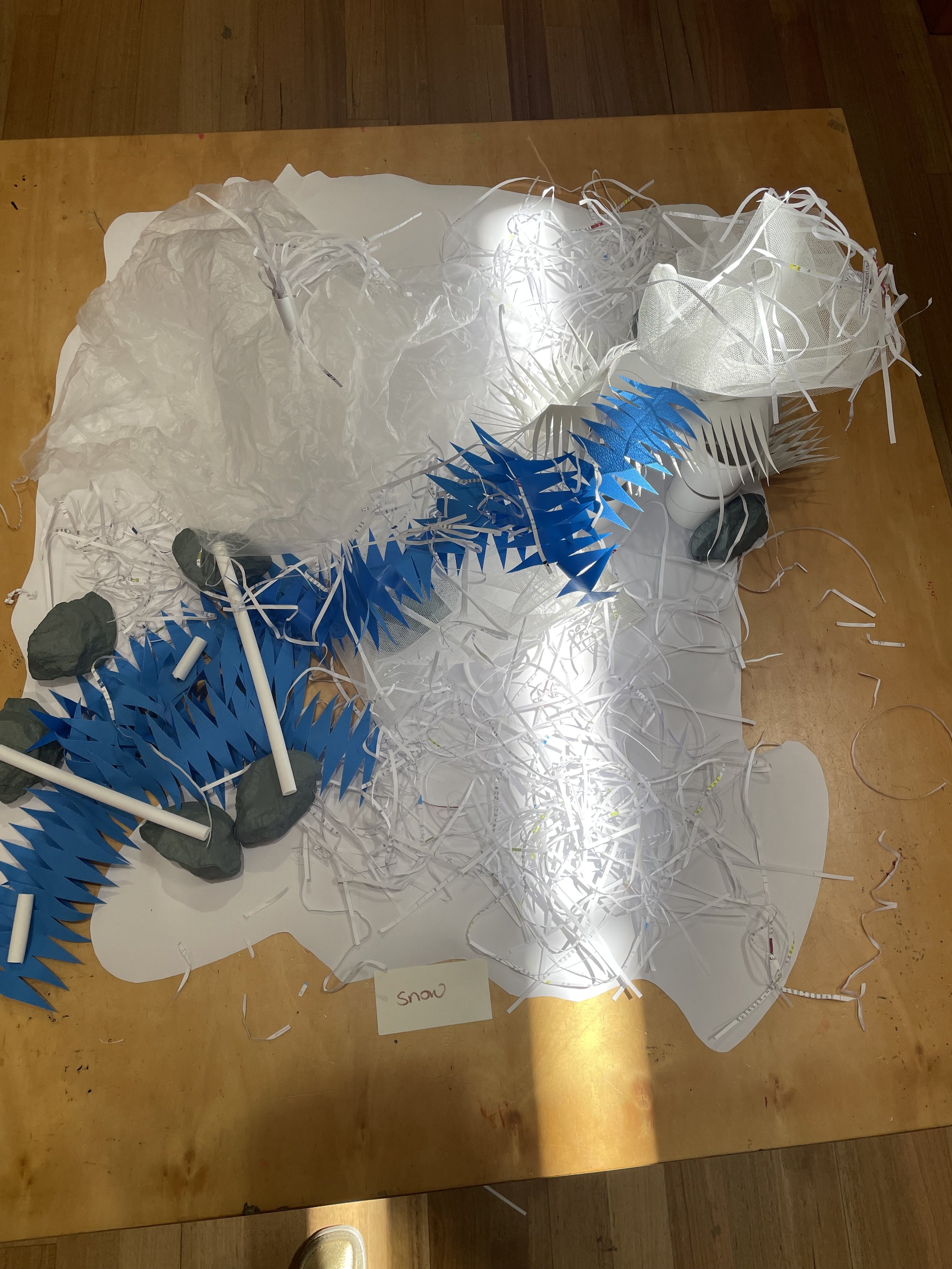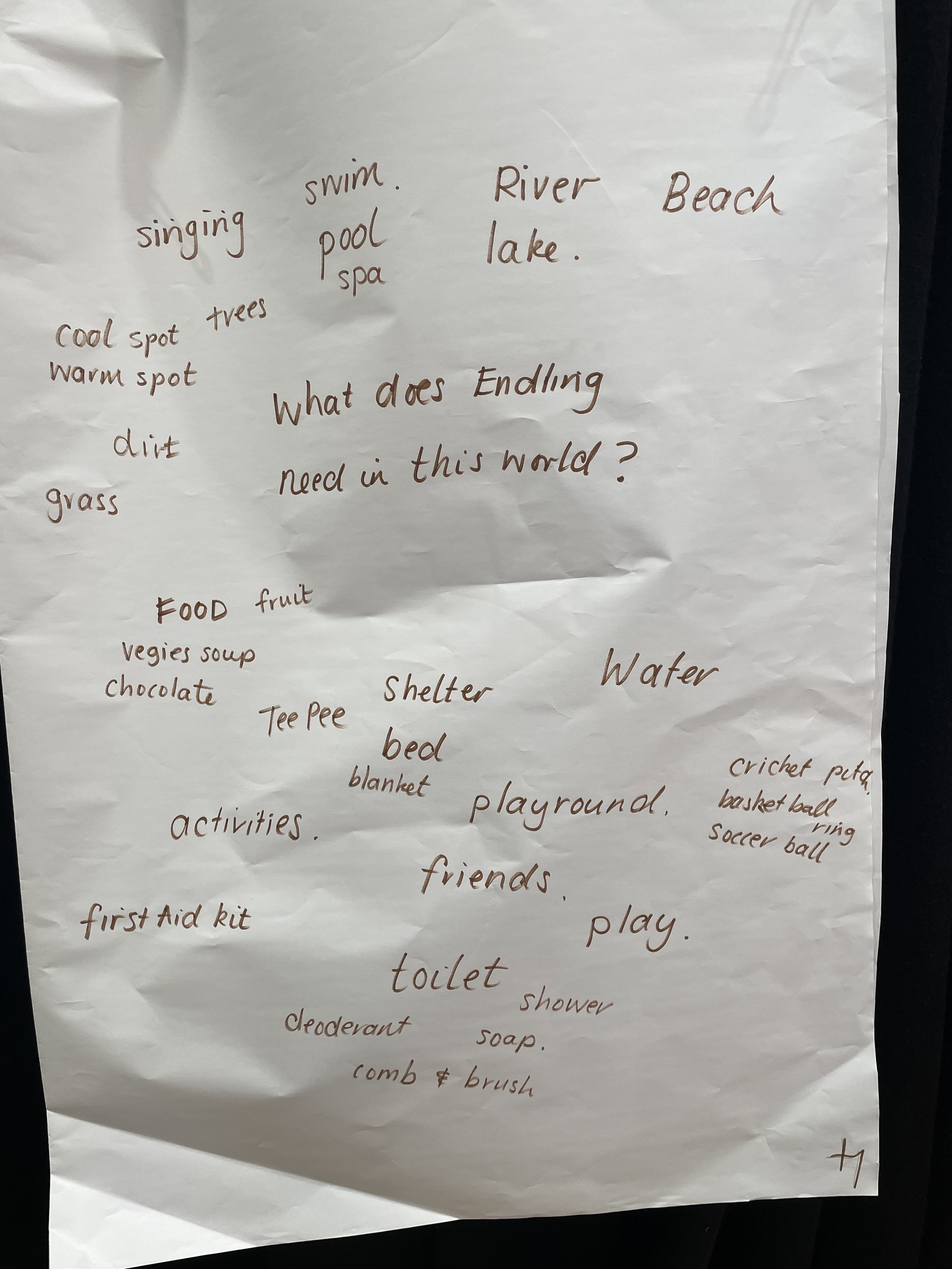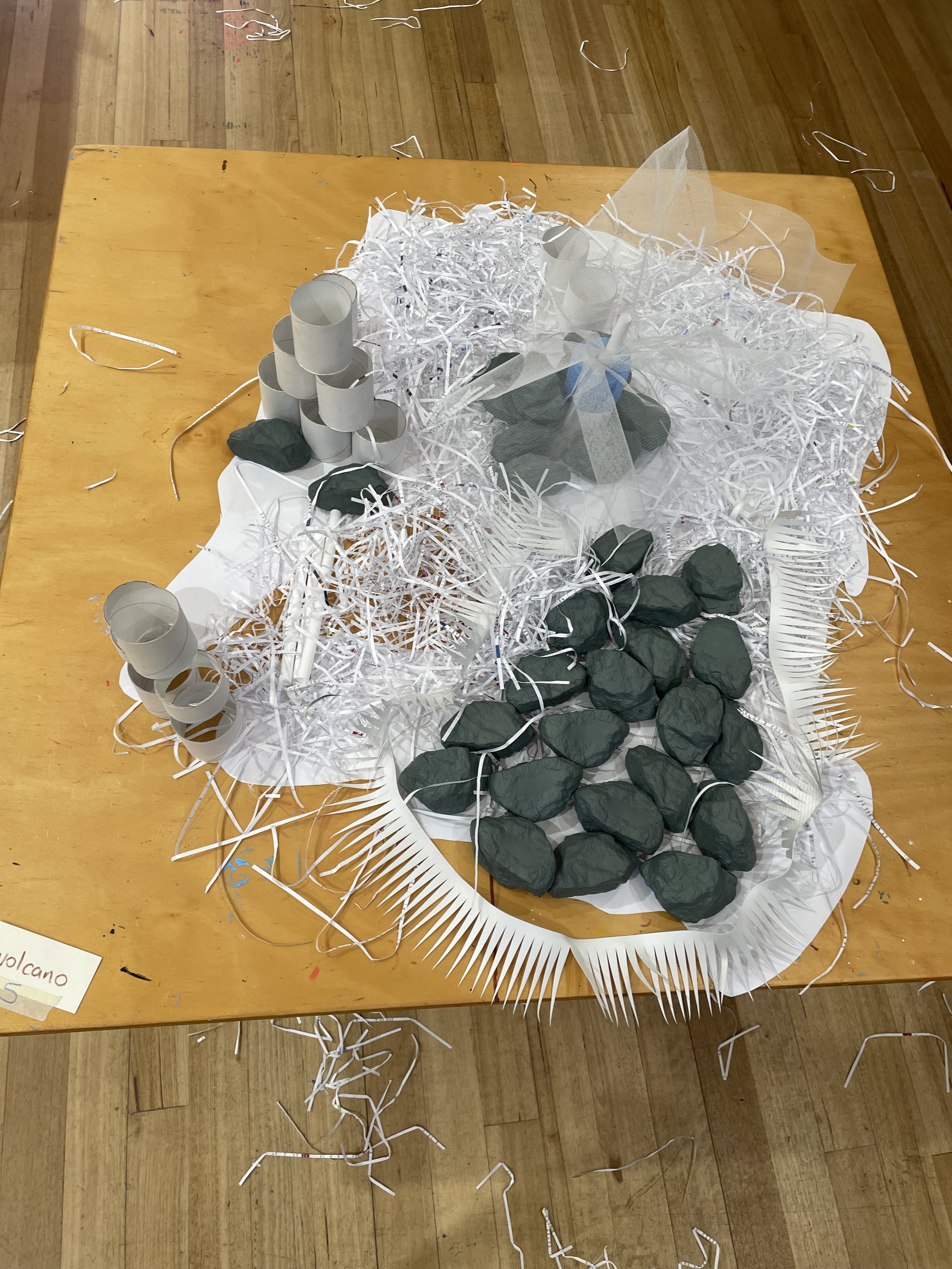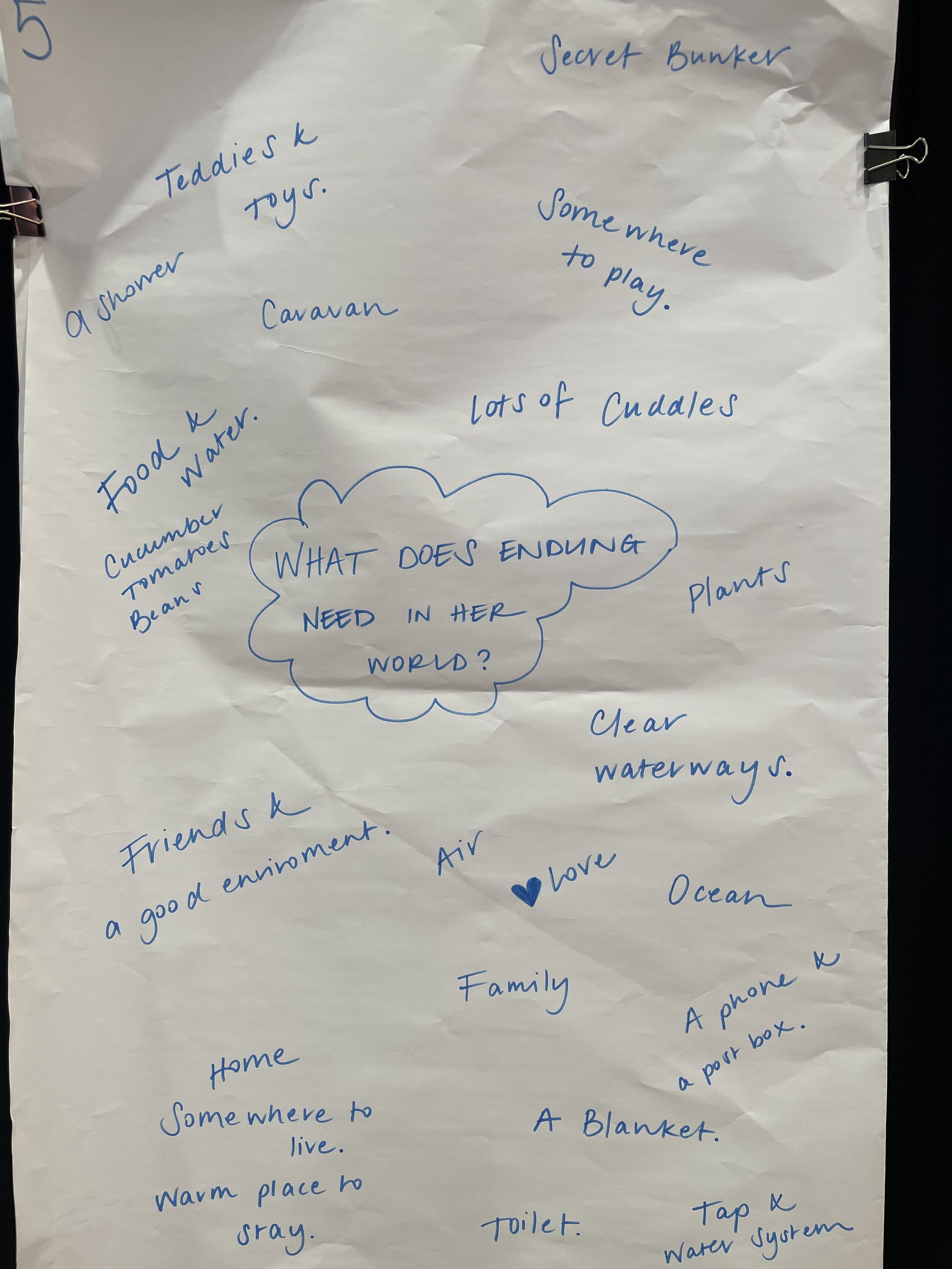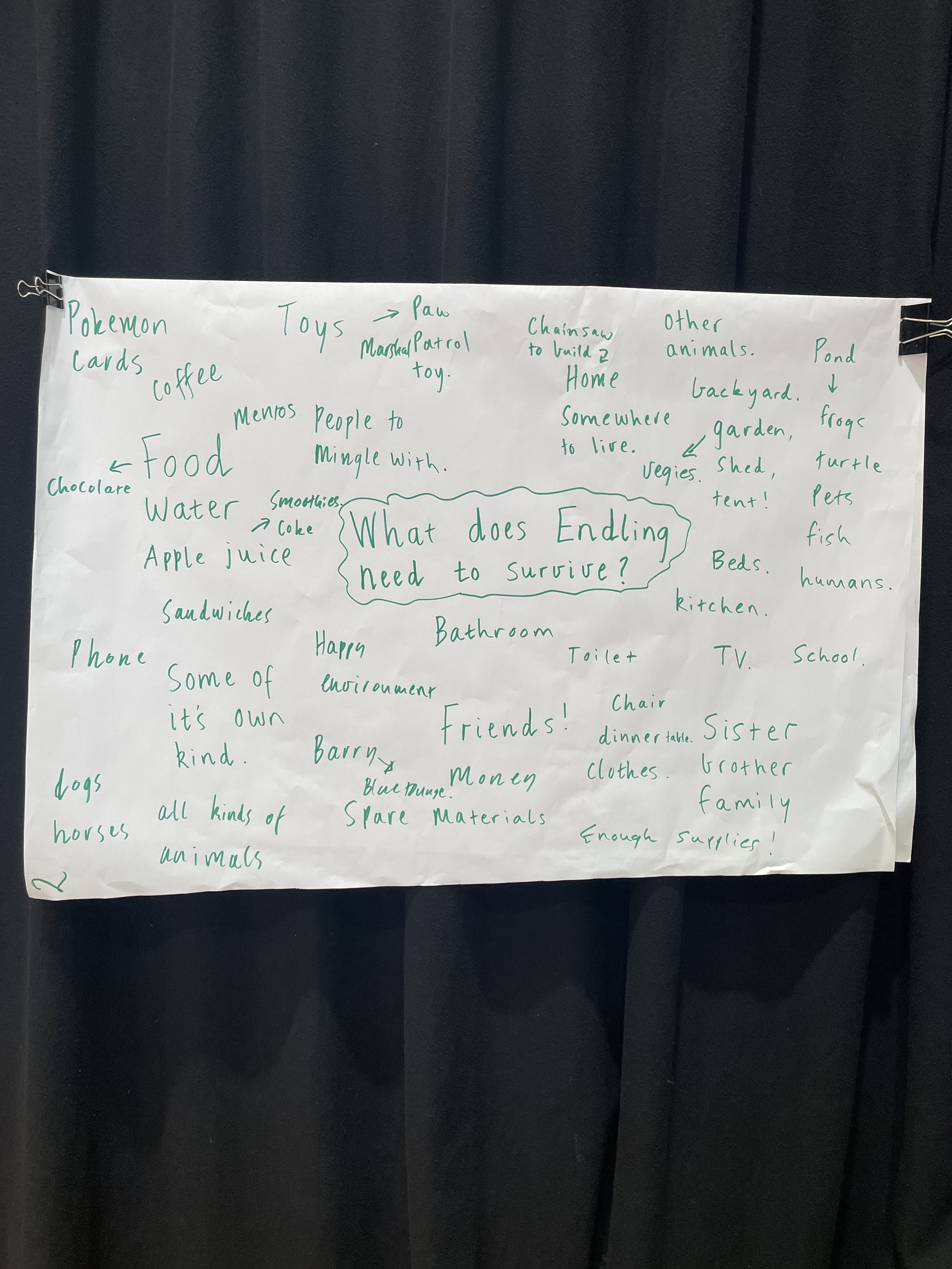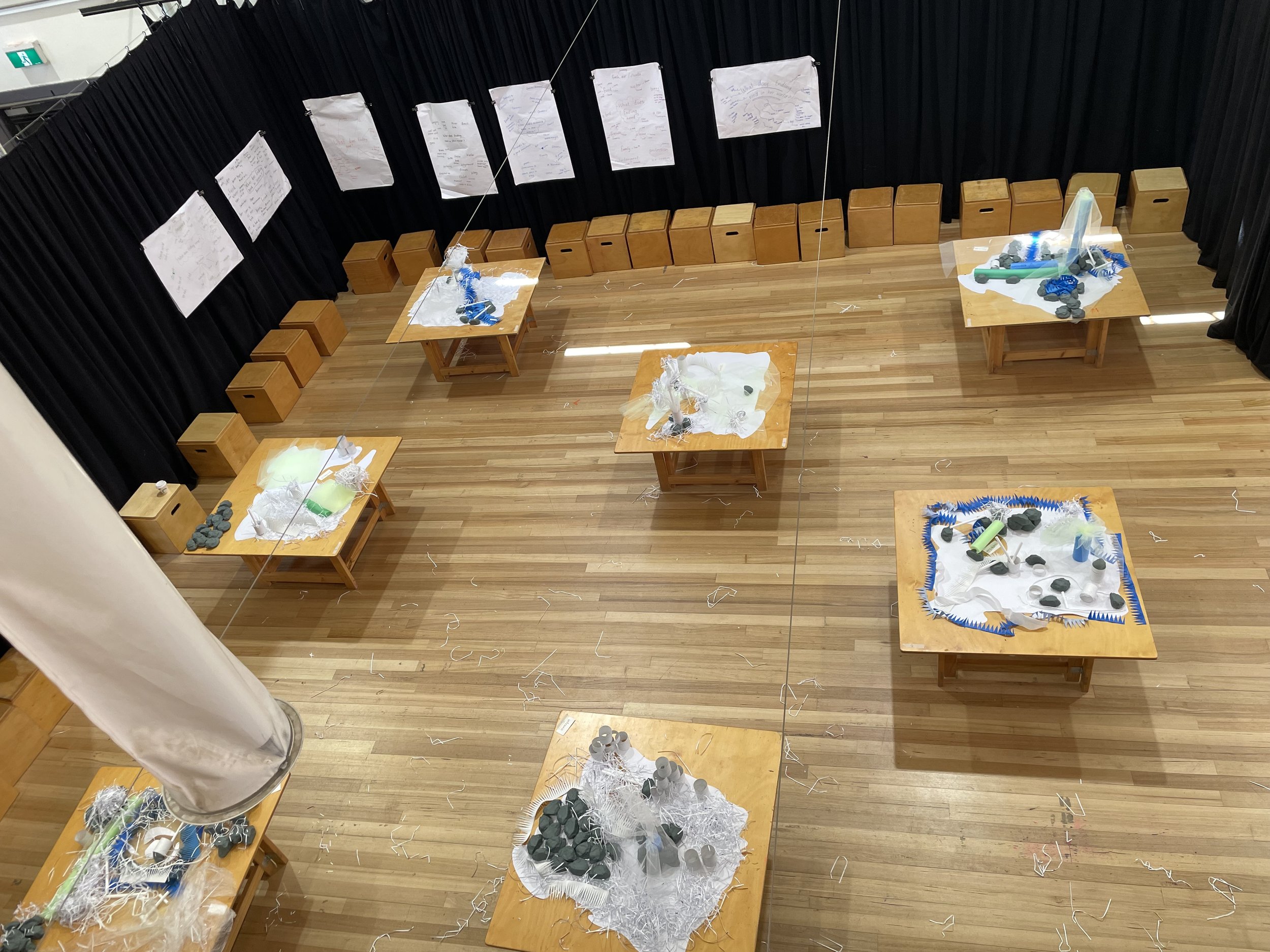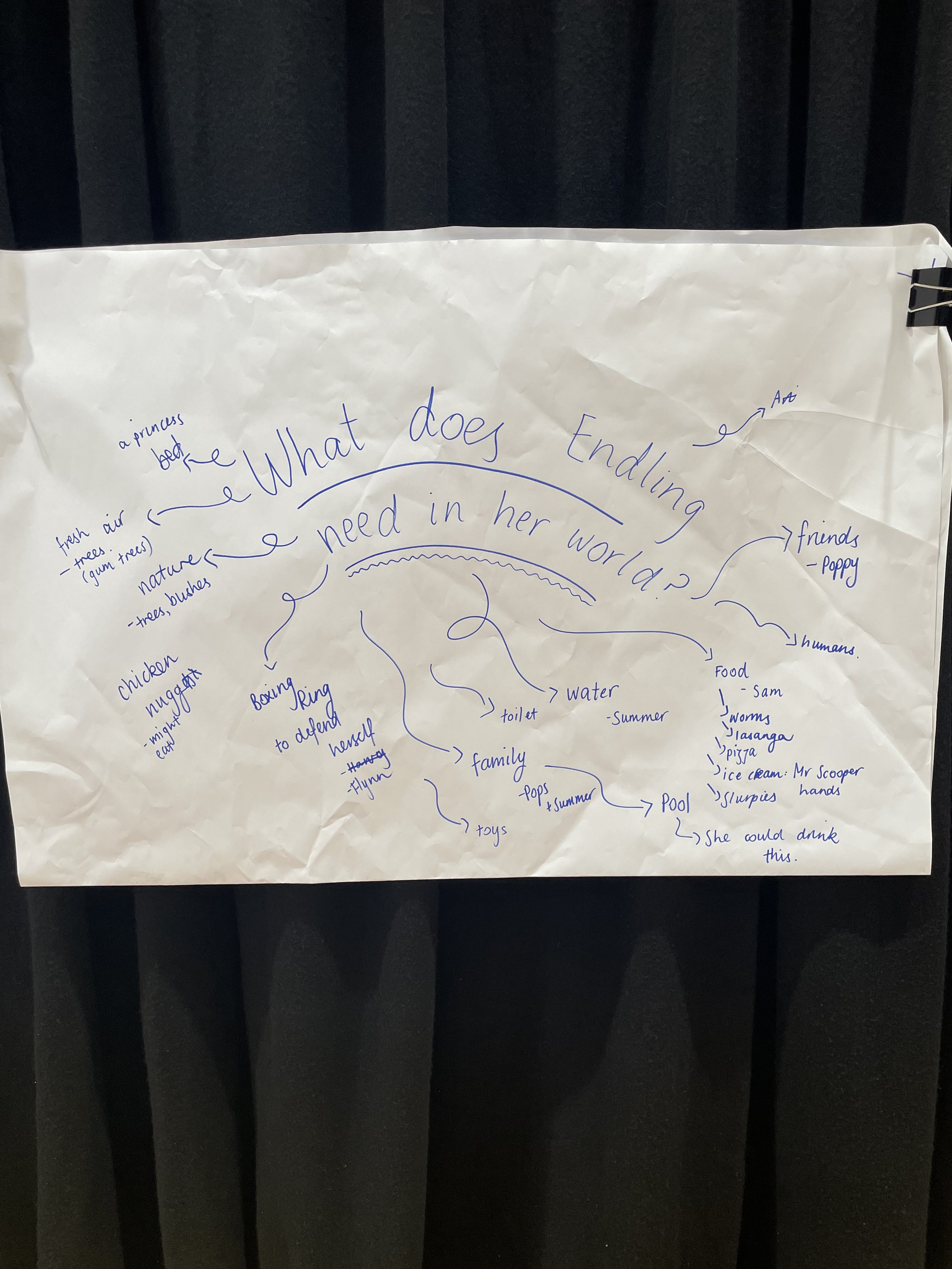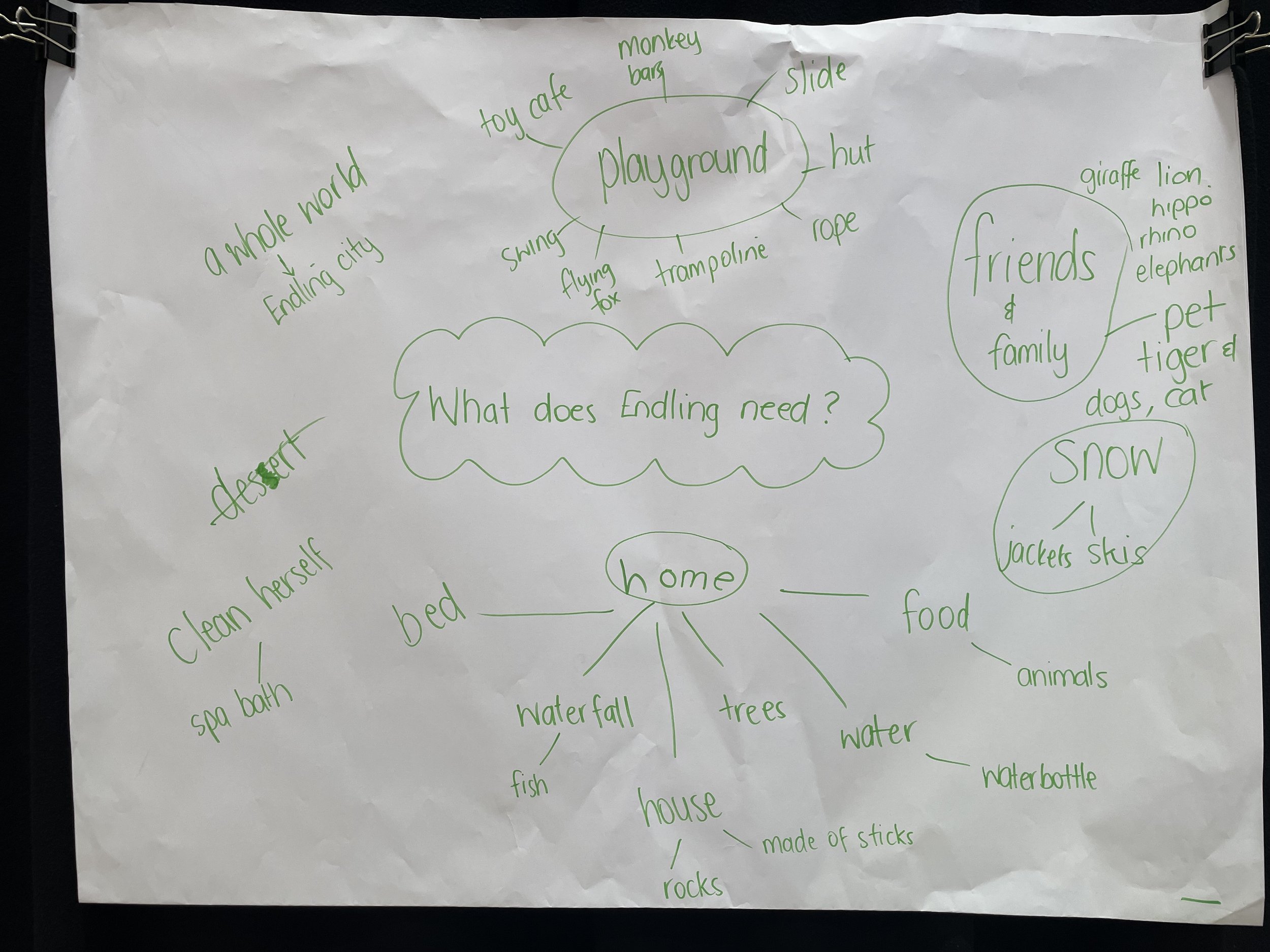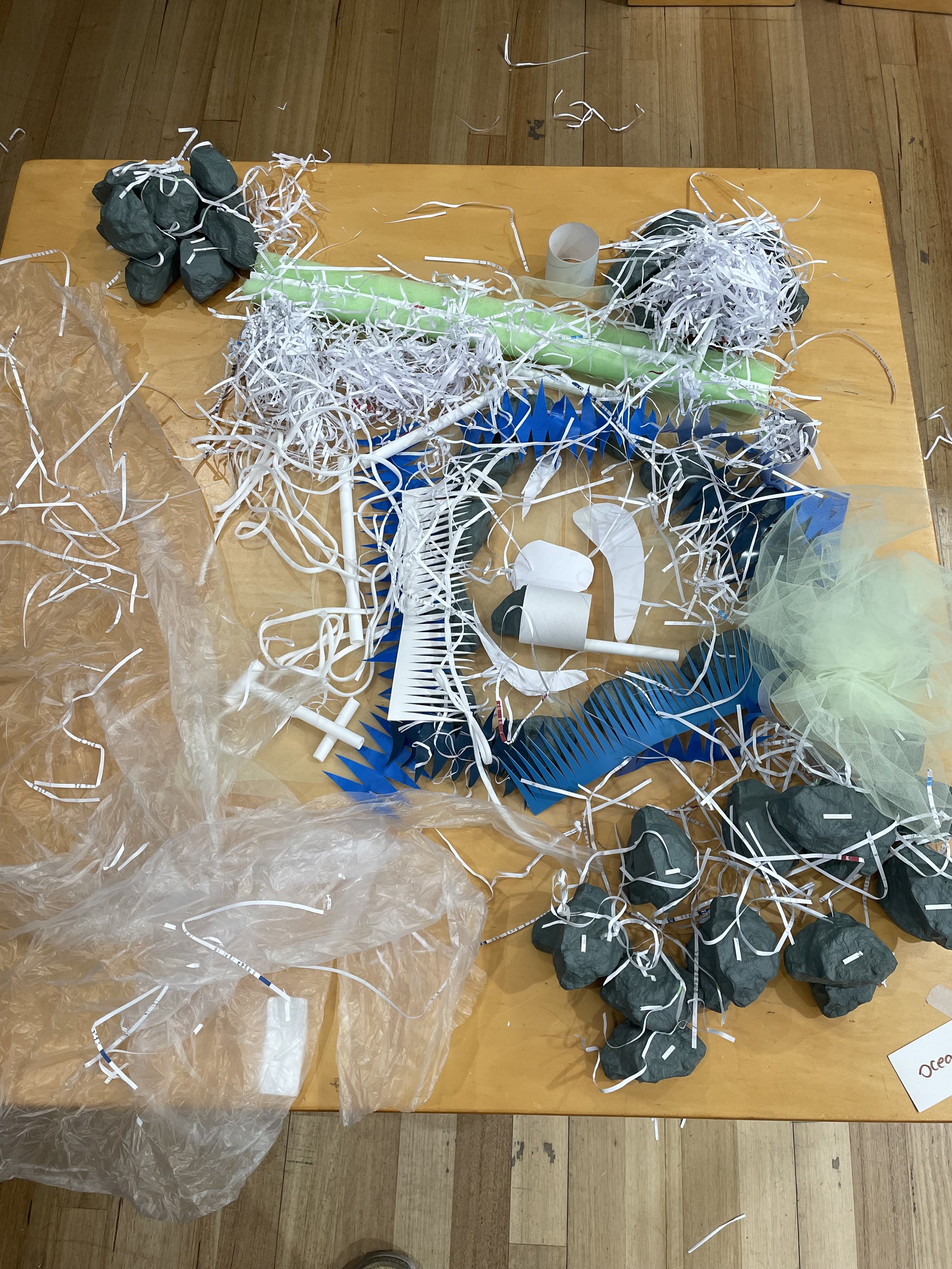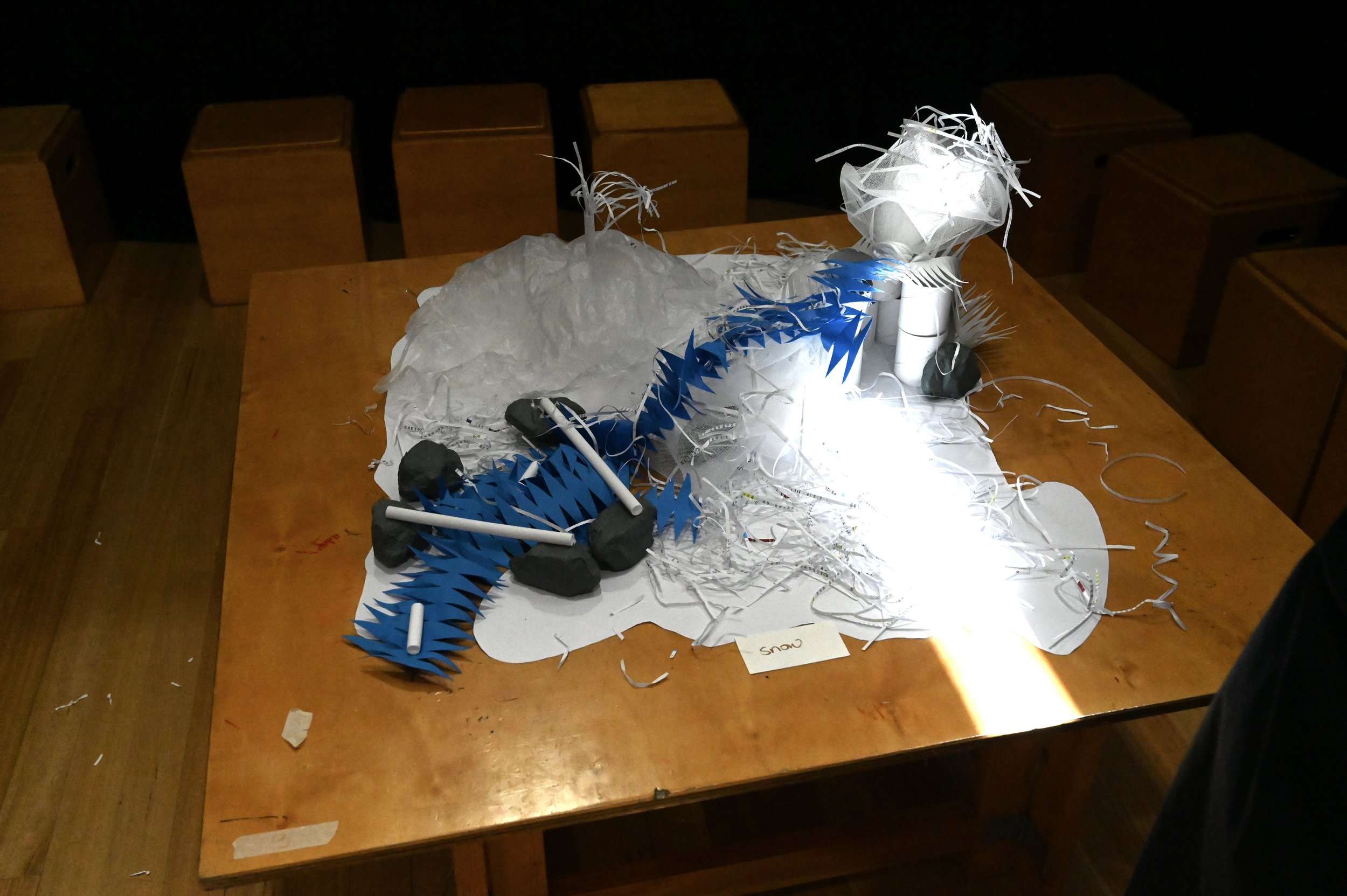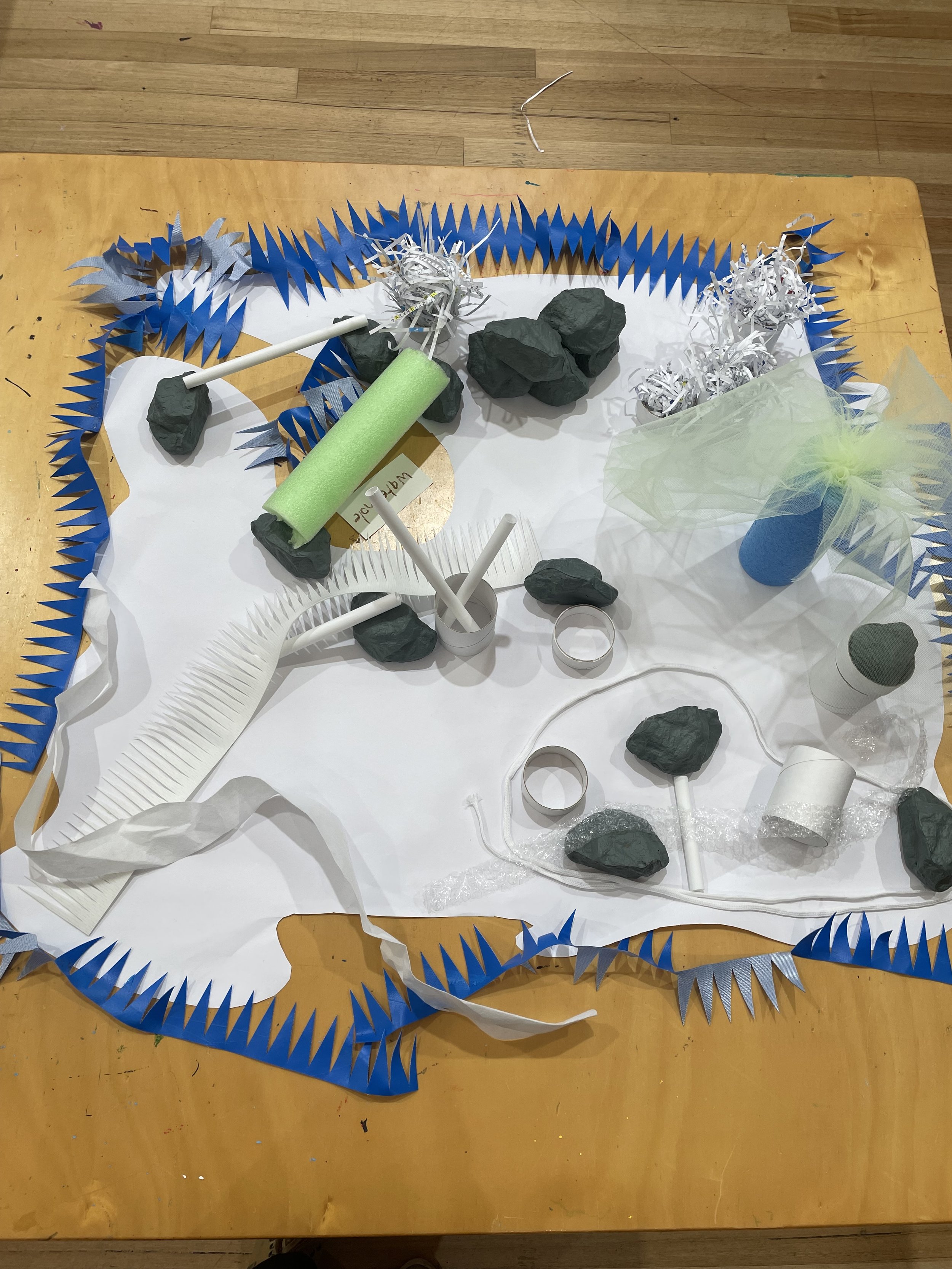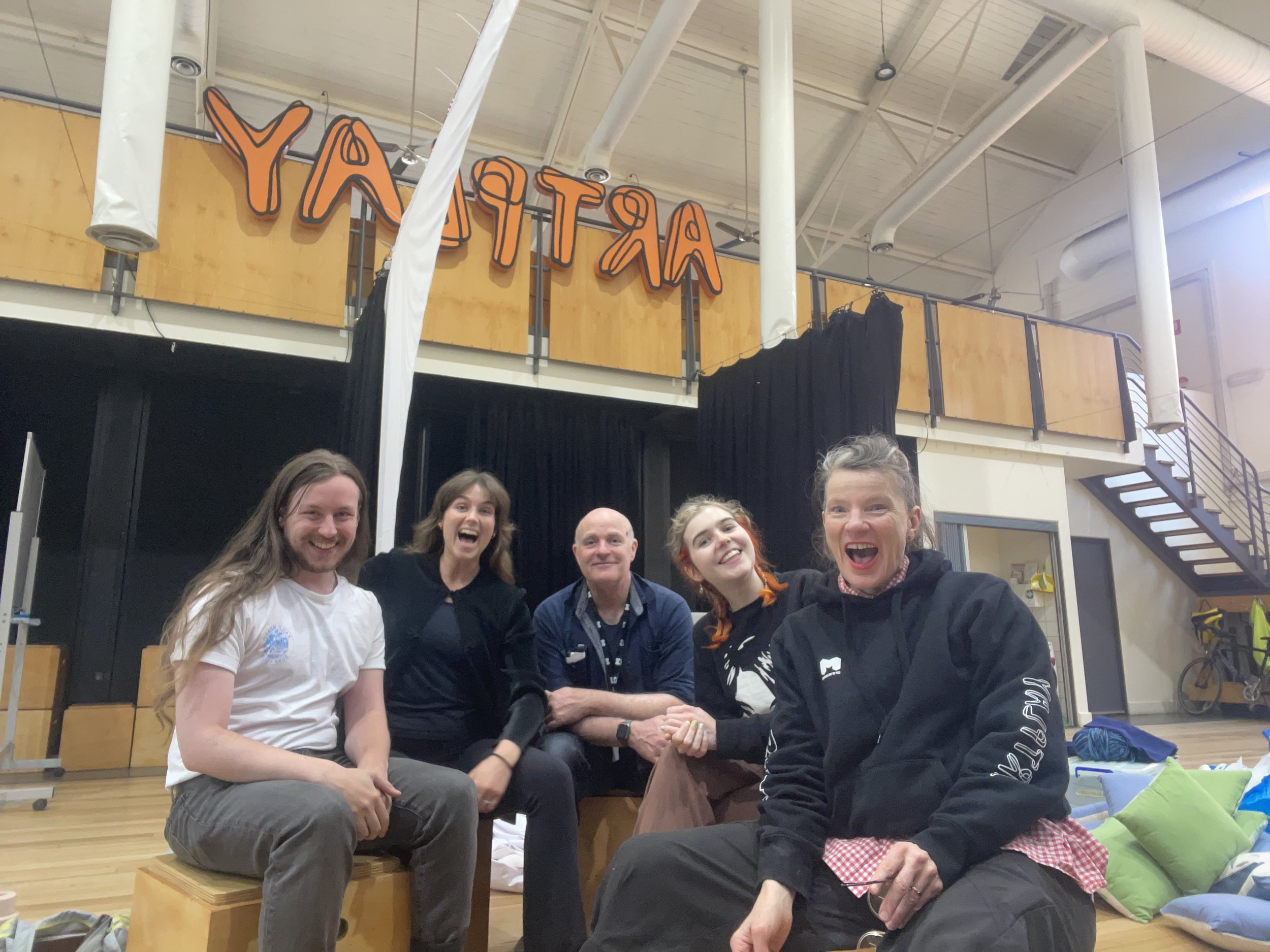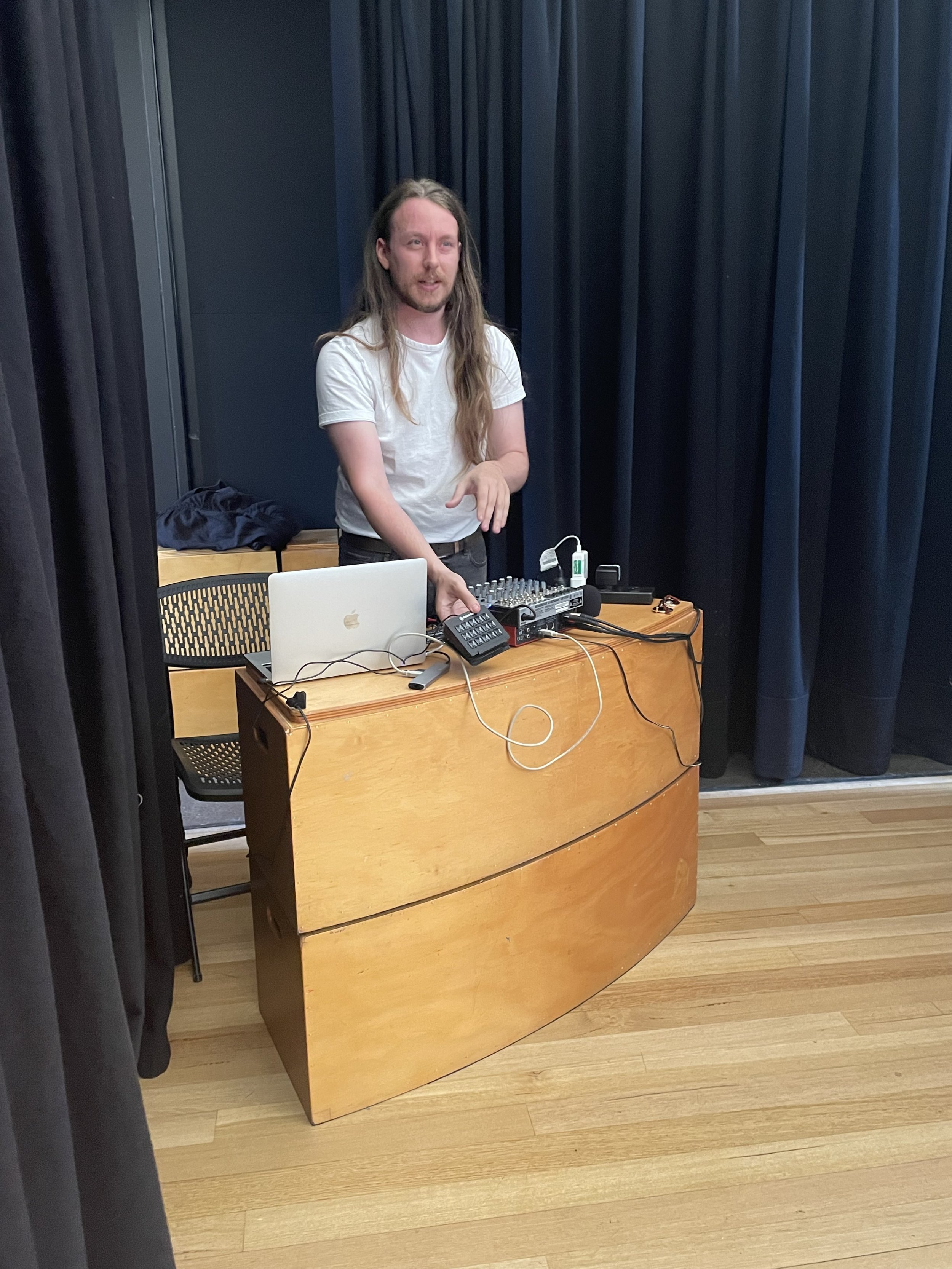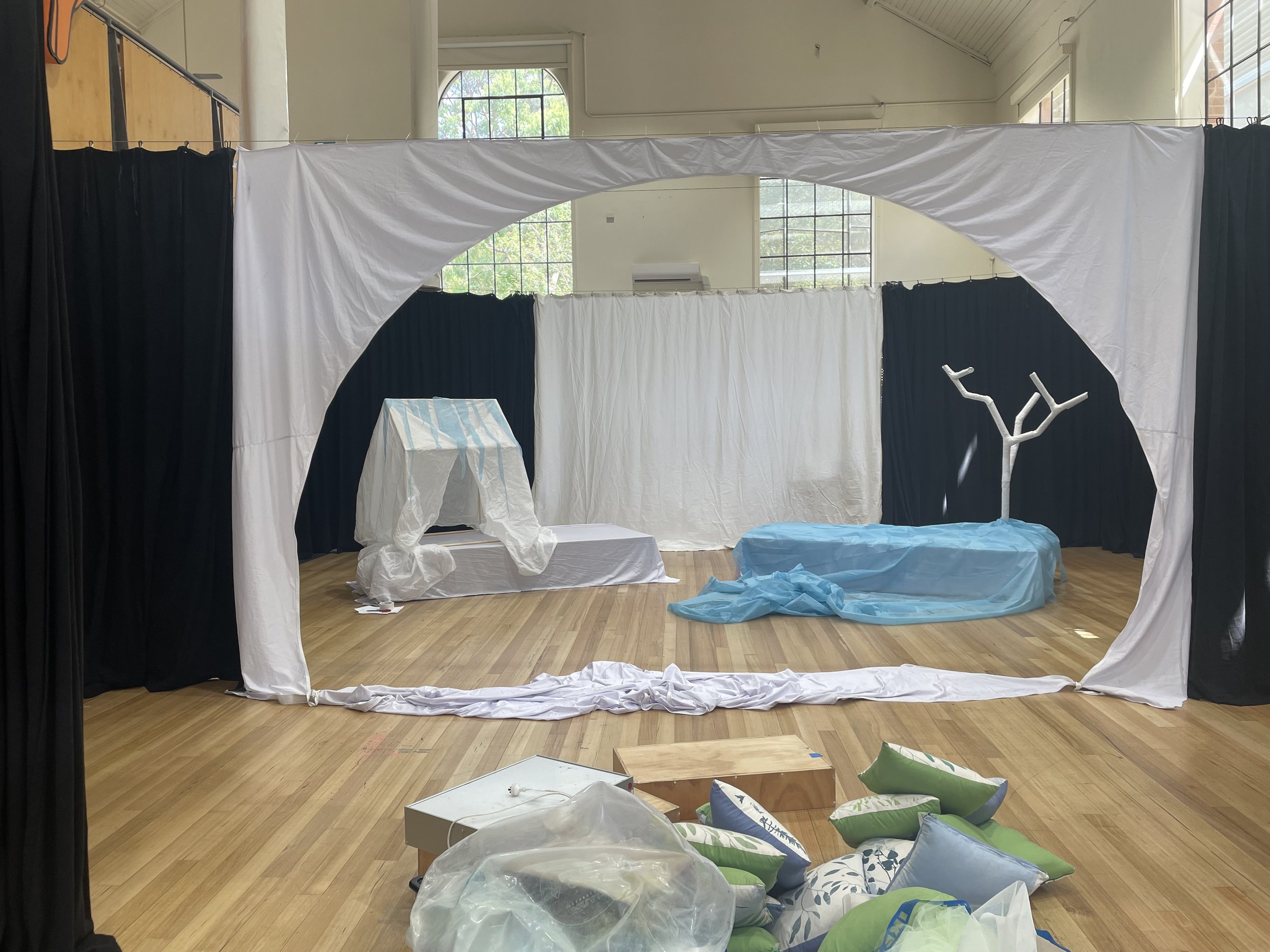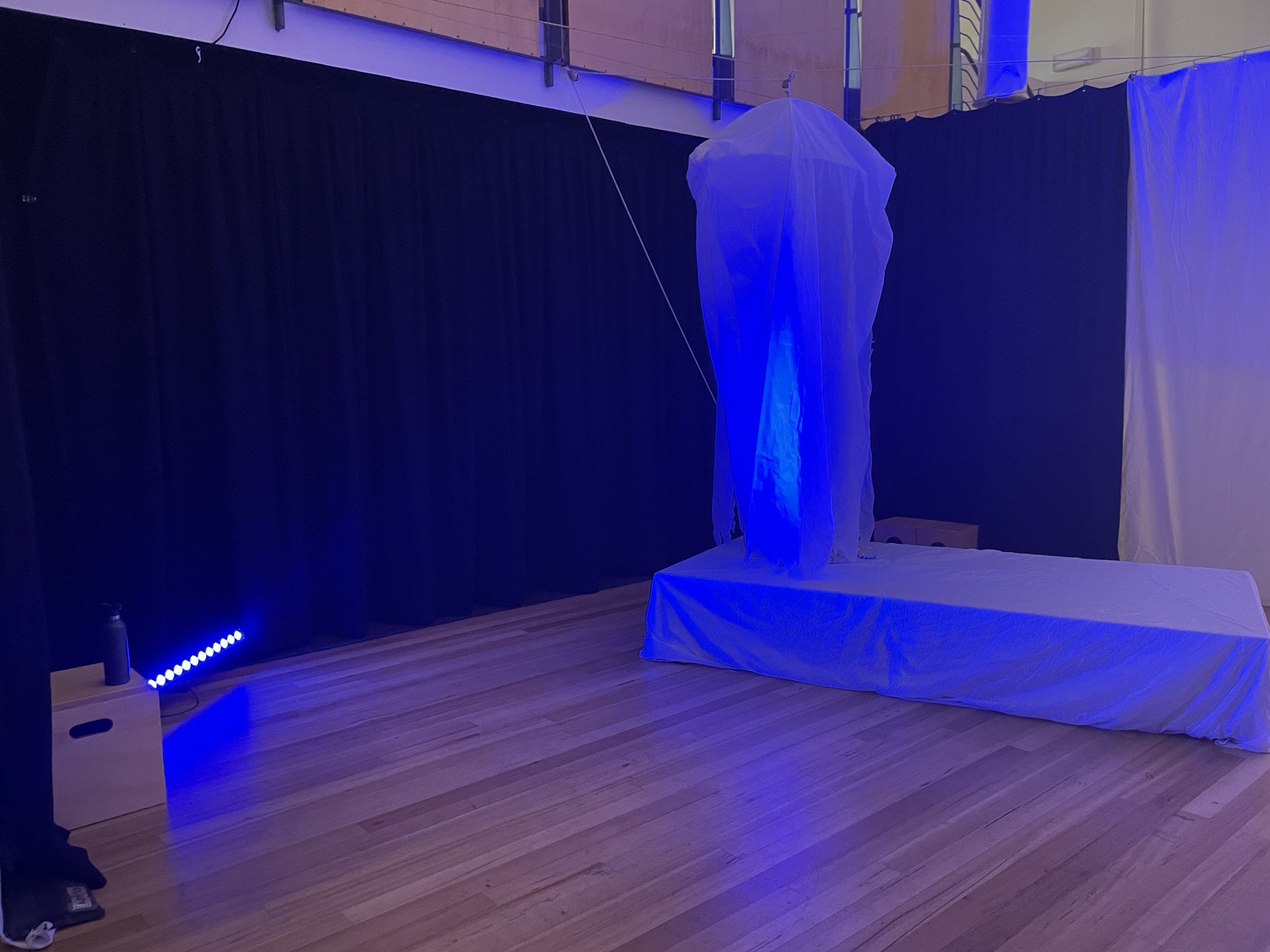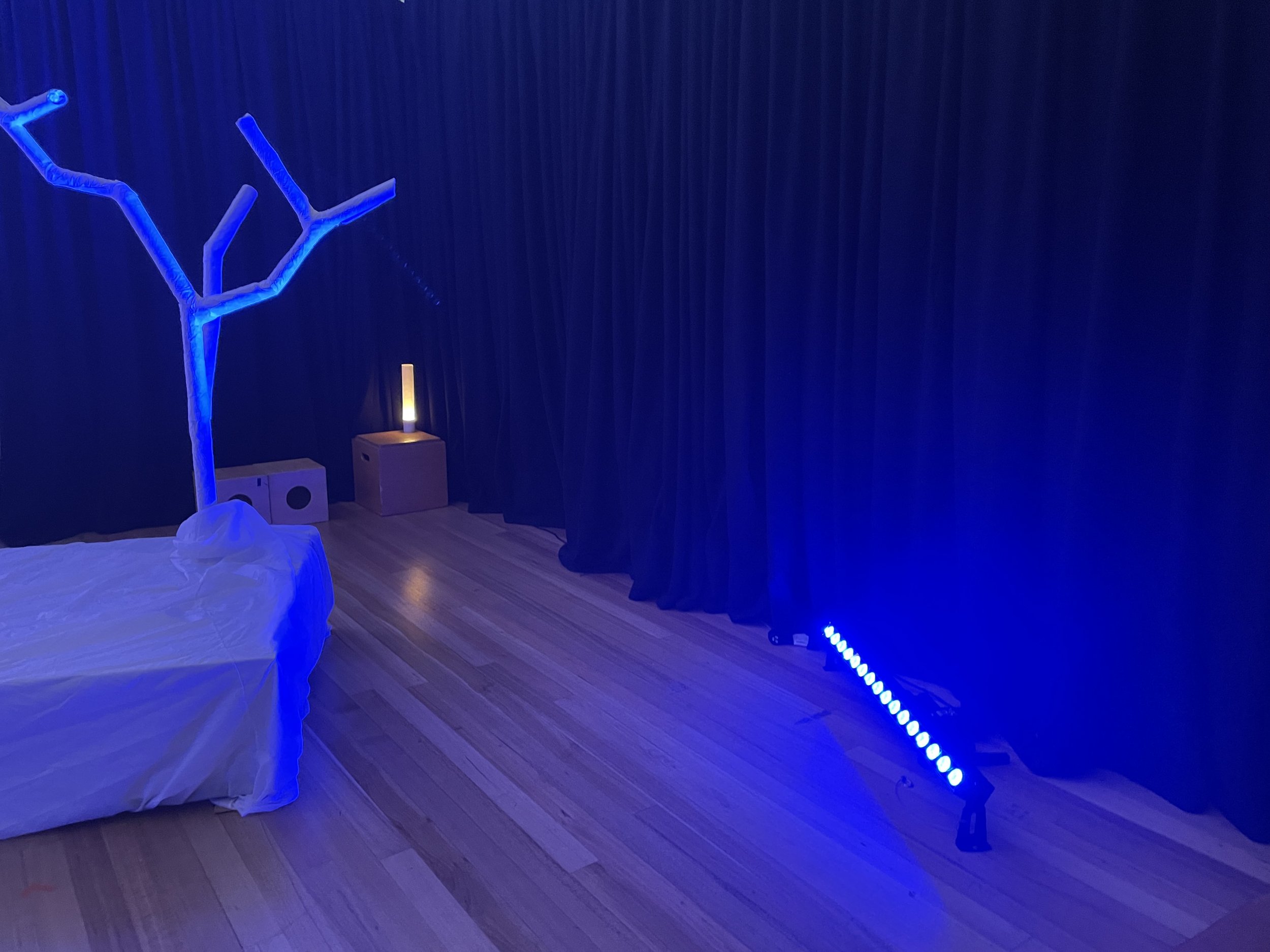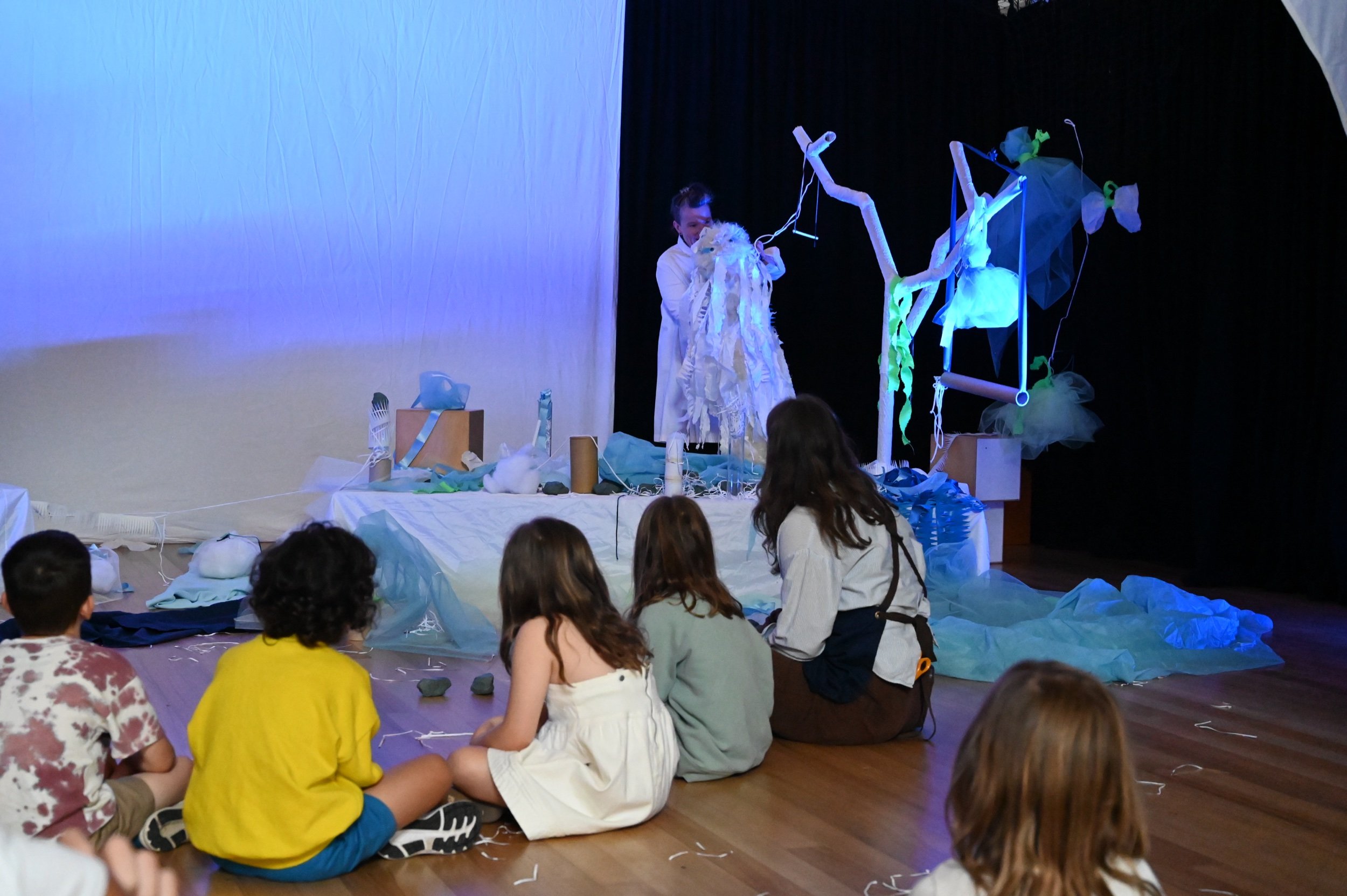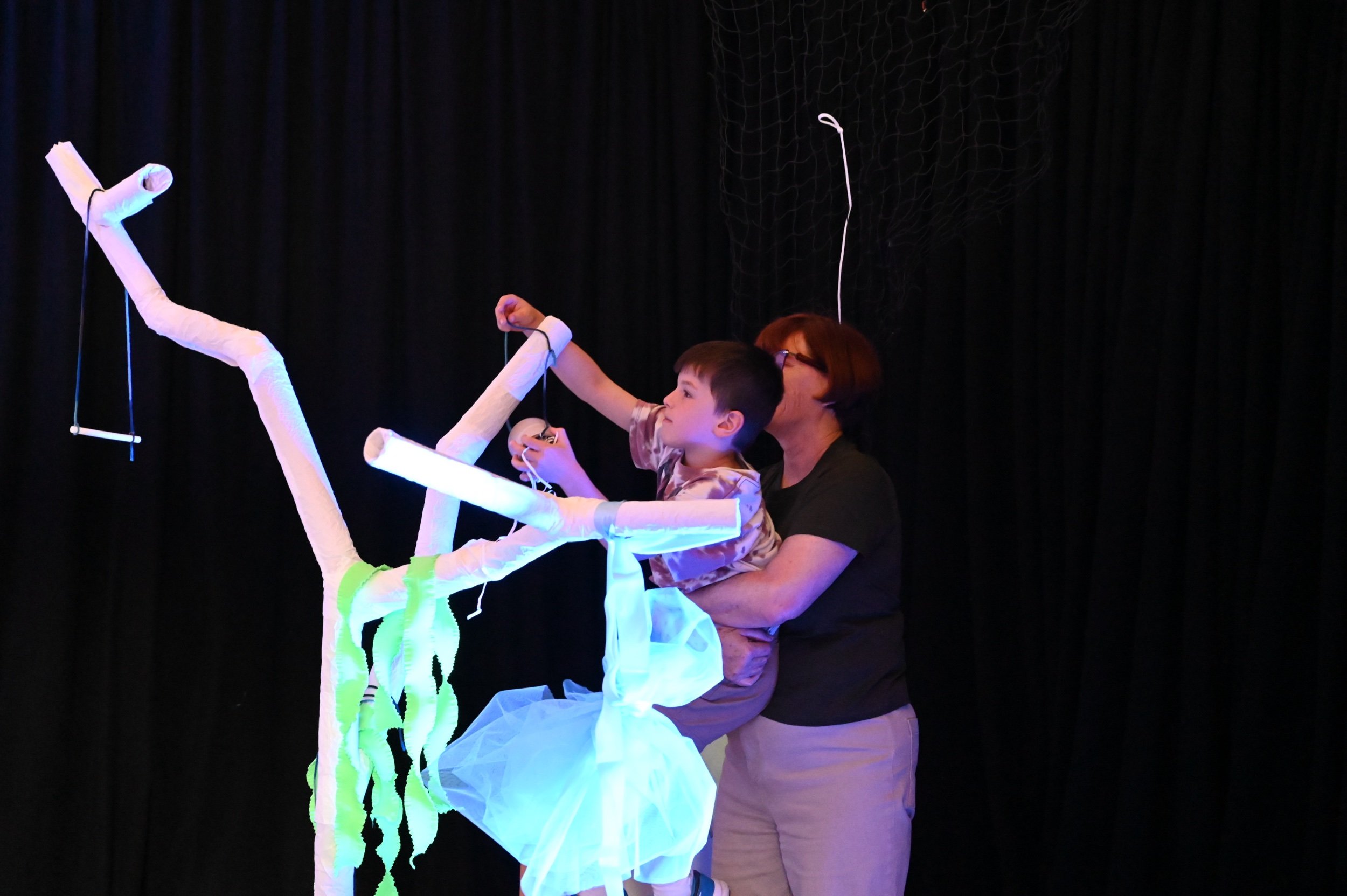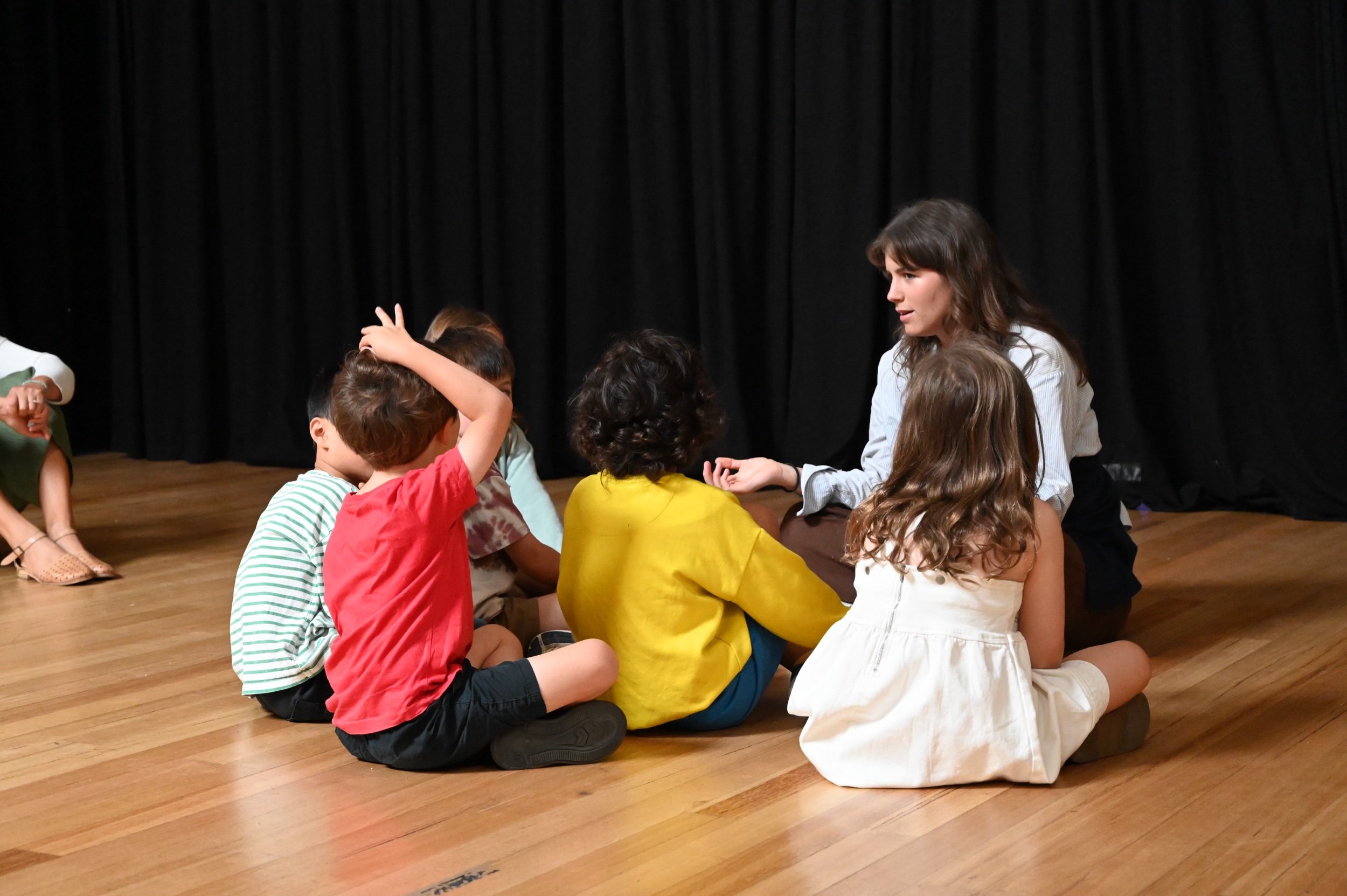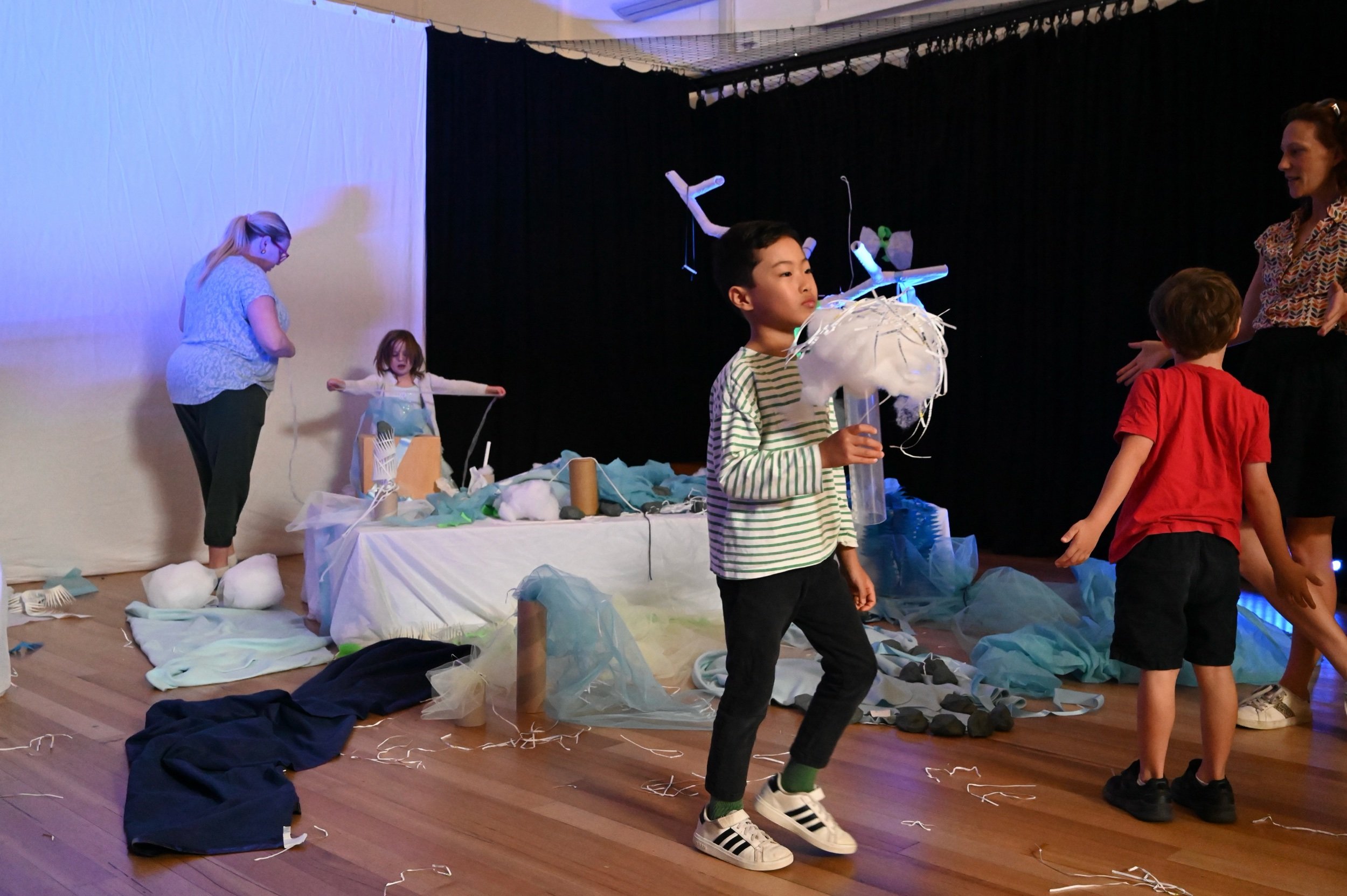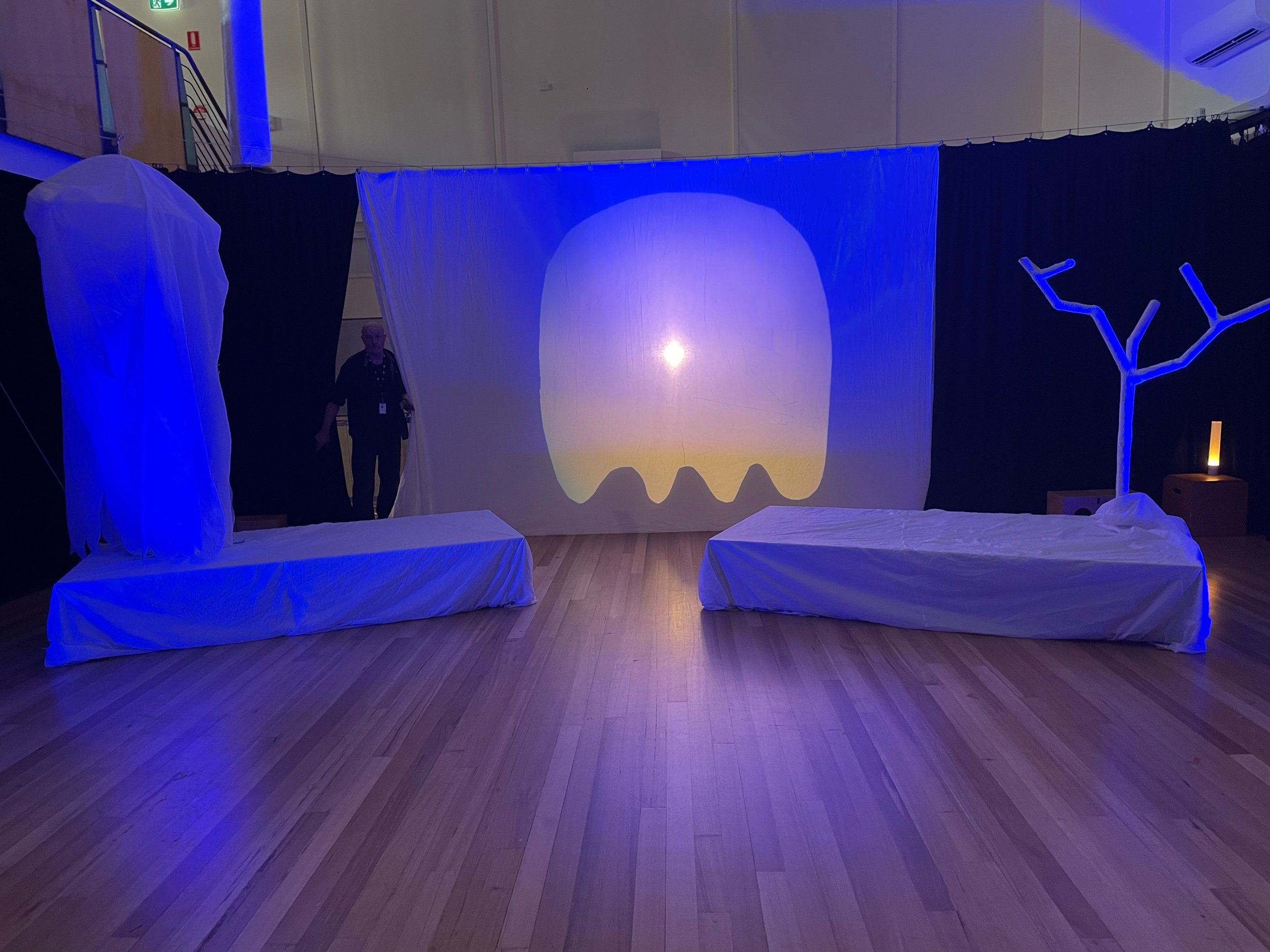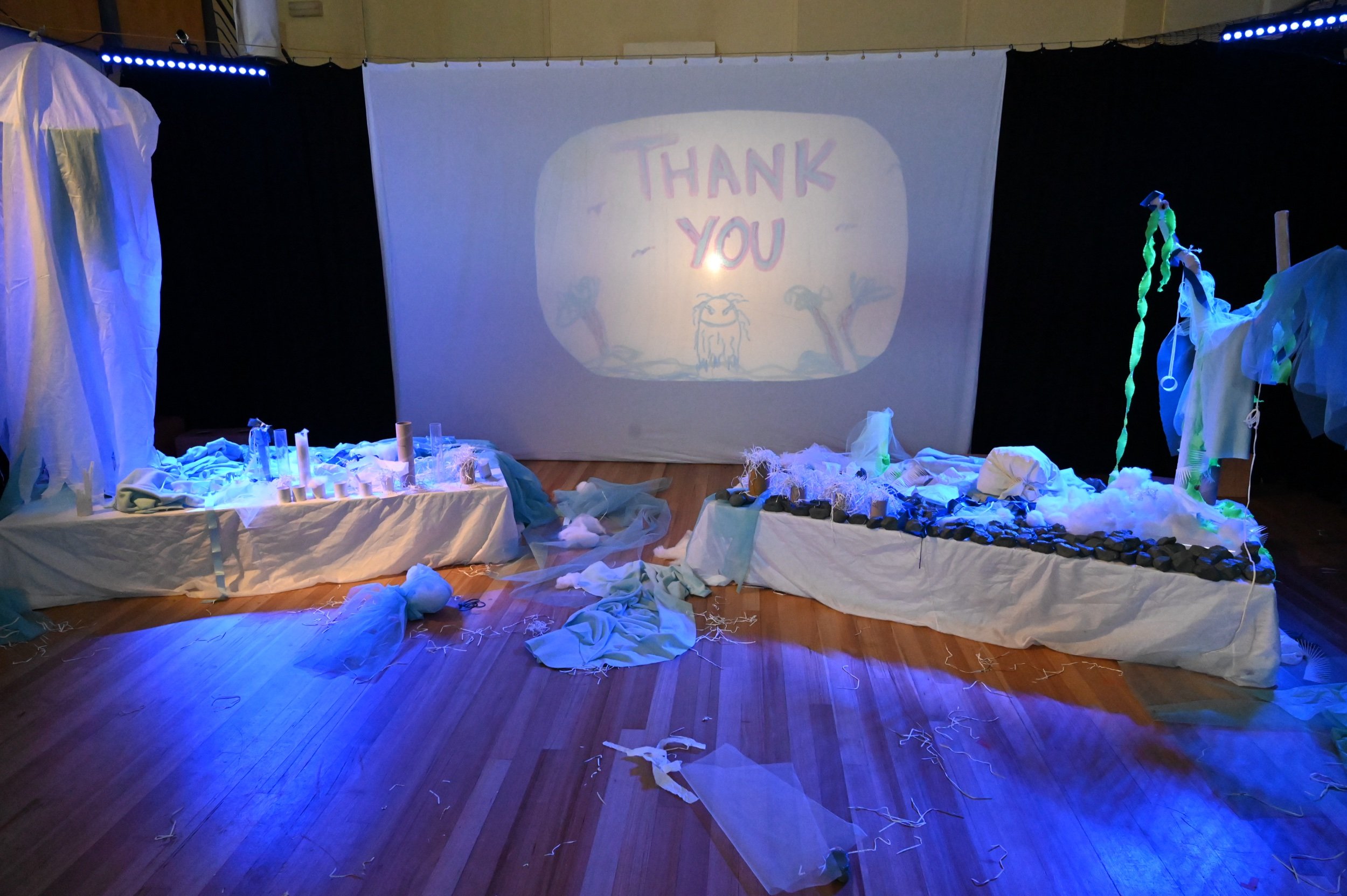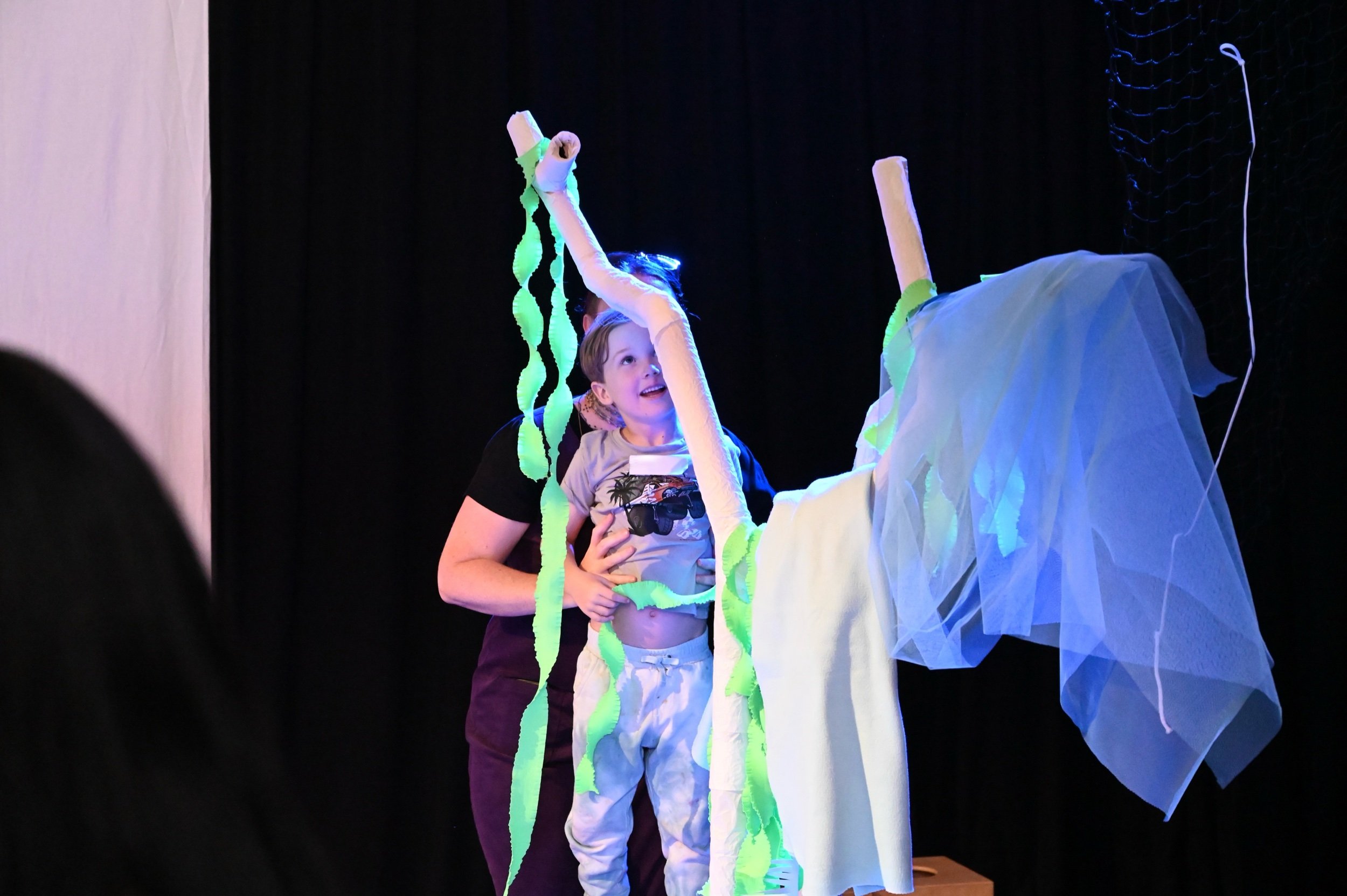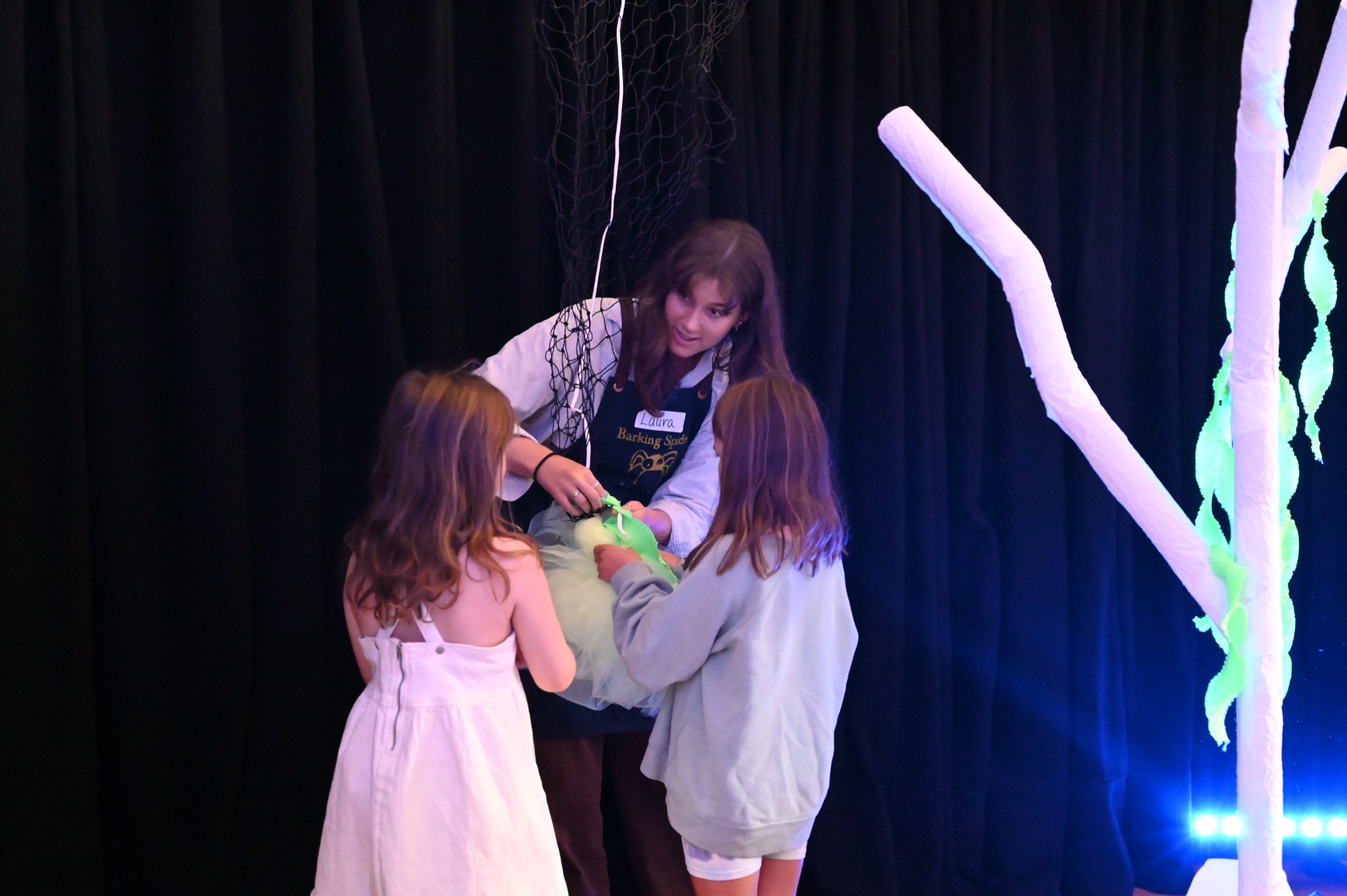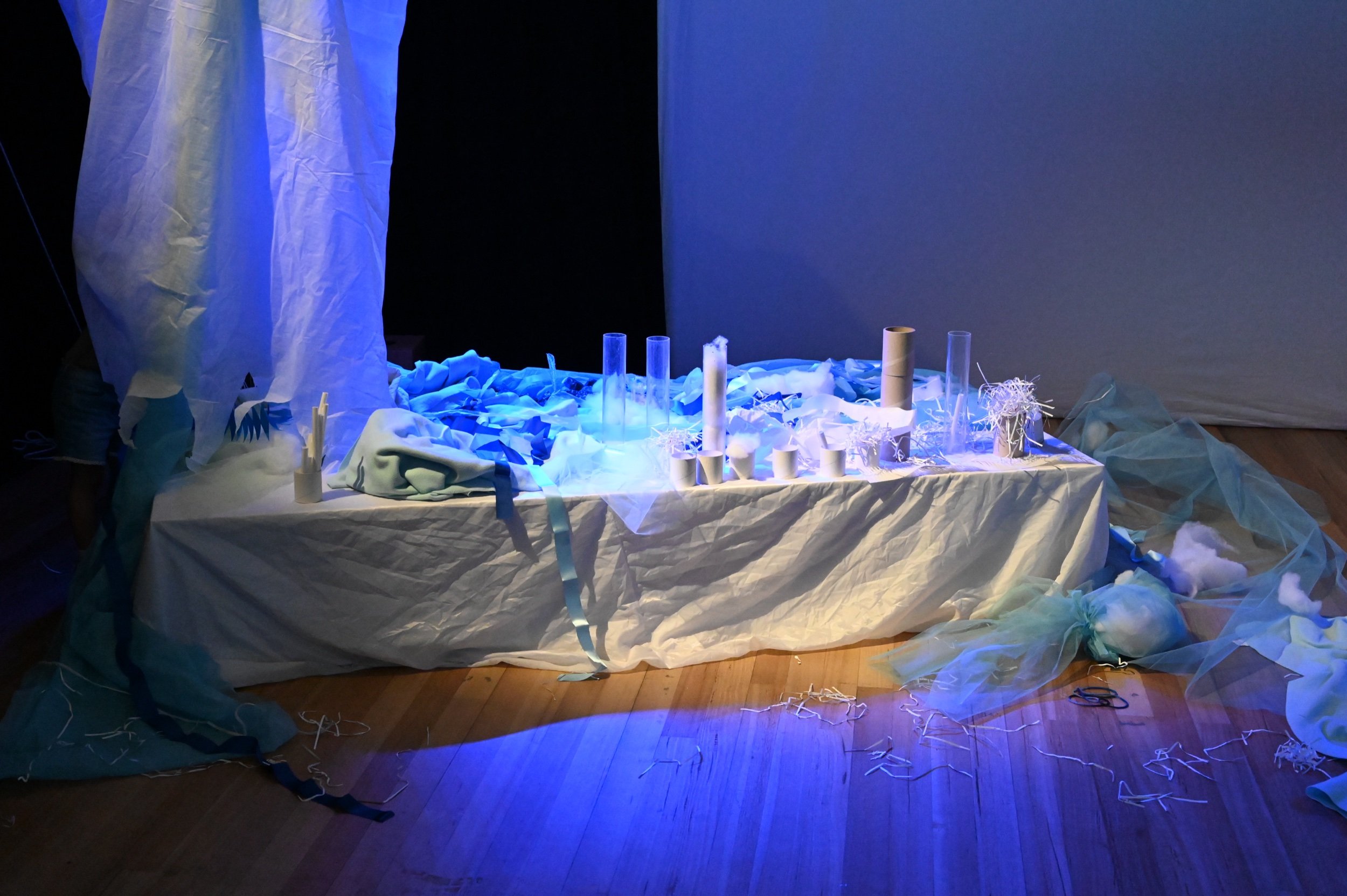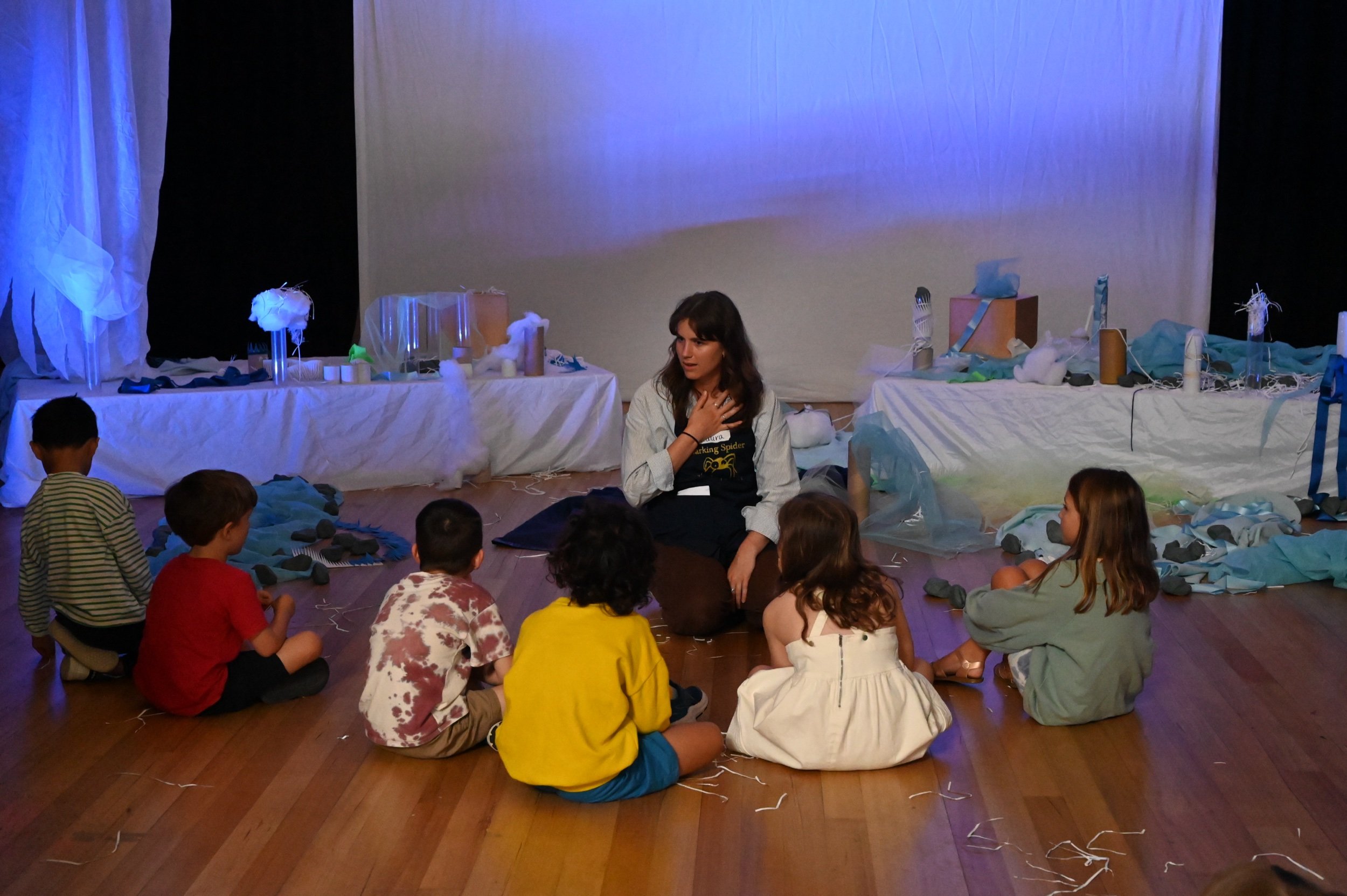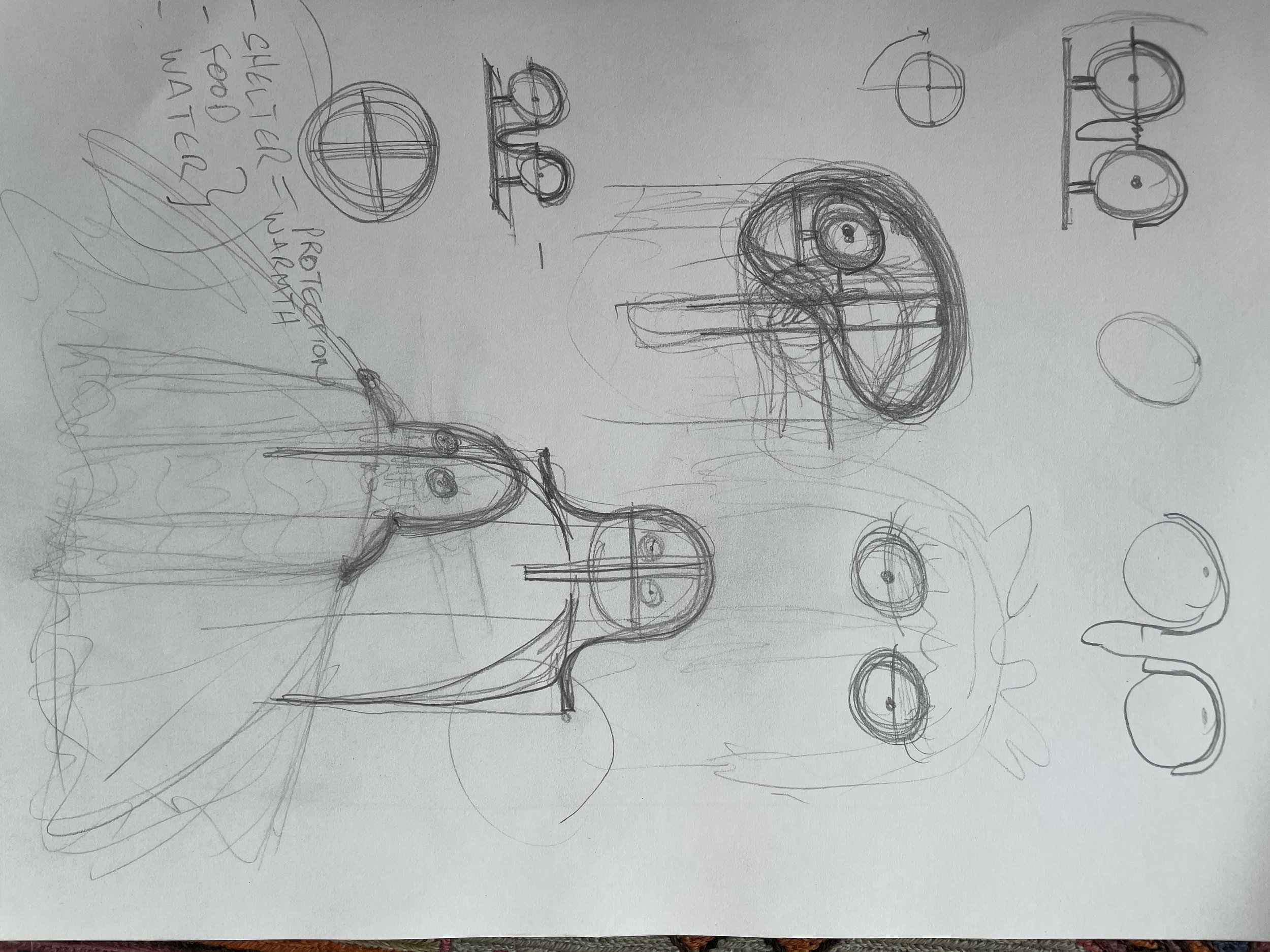Corrugated iron cladding on sheds, fences and walls in Beeac.
This morning I came up with the narrative through line for the audience experience. It’s rough, but now I have something to edit and shape. Firstly though, I went into Beeac (the closest town to where I live) to collect the mail, and took my dog for a wander around the town’s dirt backroads. It was a drop back in time. I grew up in a small town in the Dandenong Ranges. The 2.5 kilometre walk home from my primary school (which had only 43 kids) was down a quiet, dusty dirt road, quiet save for the mostly fenced-in barking dogs who defended their territories with great passion. The Beeac dirt roads were much shorter and way flatter, but the passionate dogs were at work just the same (all behind fences thankfully). I chanced upon some sheds, fences and walls clad in corrugated iron. For the exterior of The Collector, this is the aesthetic I would like. The location of the event is down a series of alleyways and corrugated iron is a material that is used consistently. The venue where The Collector is being presented is corrugated iron, but it is very new-looking. The juxtaposition of the old, worn, and rusted corrugated iron with the new will be odd, a taste of the unexpected, and literally a gateway that is in-keeping with the world audiences are about to enter.
This morning I began to gather objects and to play around with the beginnings of assemblage aesthetics. The above photo includes some of the thematic elements; eggs, clocks, feathers, birds and shiny things.
The narrative through line.
In the room of the Collector, most of the objects will have manila-coloured luggage-style tags attached to them. Each tag will have a brief description of the object - the briefest of narratives. This will be as if The Collector has written these herself, as a way of remembering and cataloguing her belongings. It is a method of holding on to parts of her life through objects.
My mother was an antique dealer for many years, even after my parent’s antique auction business finished up. She had stalls at vintage markets including Chapel Street Bazaar . Finally she quit the world of antiques and vintage dealing during the pandemic at the age of 80. Everything from the stalls she brought back and kept at home. Each item remained labelled, usually with a description and price. No matter what you picked up, turned over or looked at, it had a label. It was a very peculiar aesthetic and a very particular mindset. Perhaps she stopped noticing the labels on everything. Perhaps the labels kept her connected to her identity as a dealer. Most likely both of these things. But this idea, of labels on objects, is something I have used before in projects SICK and TRADE. Also with project The Object Monologues, where large, public inanimate objects spoke through geo-located voiceovers. The Object Monologues was a different idea but born from the same feeling/sentiment/notion.
Another pair of artists who have created work in this vein are Ilya and Emilia Kabakov with 1988 work The Man Who Never Threw Anything Away (The Garbage Man).
Of installation The Man Who Never Threw Anything Away (The Garbage Man), in the artist statement Kabakov describes ‘All kinds of junk, all kinds of scraps would radiate a bundle of memories: what happened, how that memory was connected with the scrap, the remnant…I would write something down and place it next to another thing in the folder so that next time I could remember what moment that note related to.’
This installation of Kabakov’s has resonance and parallels, although the distinction is the art form. Kabakov was pure installation. The Collector has the live and interactive components which make it quite a different beast. Warren (2017) discusses the complexity of making immersive theatre and how the audience experience is the focus through the work. The measure of success lies in what audiences feel and take away, and how the site and story must be designed to respond and adapt to audiences. This is the point of distinction between static (not live) installation, and installation that is not responsive to audiences: it does not transform nor is it intended to impacted by audiences.
My intention for The Collector is to create a site where audiences are invited, as per Honouring Mr. Stevens, are invited to explore, alter, change, move, and add to the installation components. Audiences will discover the tags on the objects, and be able to read the short narratives, and (hopefully) begin to question the identity of the author and keeper of the objects.
Once The Collector has appeared in her room, she will invite each audience to write their own tag. I may leave writing implements and tags within the space so that people can write without prompting - I think this is an interesting experiment. The tags for audiences will each have a distinct prompt at the top of the card;
I dream…
I hope…
I remember…
I am yet to determine if each of the object tags begins also with one of these prompts, but makes sense that it does so.Once audience members have written their tag, the idea is (yet to be tested), that The Collector “collects” by filing it. These audience tags will be filed in an accessible place, and available for everyone to read. This is what The Collector collects - takes - from each person. It’s a weird variation of hoarding and possibly slightly creepy. Again, this needs testing and the idea will be shaped and formed by the audience across this iteration.
July 3 References
Bartlau, P (2025) Honouring Mr. Stevens, Penelope Bartlau website, accessed 3 July 2026. https://www.penelopebartlau.com/#/honouring-mr-stevens/
Bartlau, P (2023) TRADE, Penelope Bartlau website, accessed 3 July 2026. https://www.penelopebartlau.com/directing/devising#/trade/
BSC (Barking Spider Creative) (2023) SICK, BSC website, accessed 3 July 2025. https://barkingspidercreative.com.au/visual-collaborative/sick/
BSC (Barking Spider Creative) (2021) The Object Monologues, BSC website, accessed 3 July 2025. https://barkingspidercreative.com.au/the-object-monologues/
Kabakov I and E (2019) The Man Who Never Threw Anything Away (The Garbage Man), Ilya & Emilia Kabakov website, accessed 3 July 2026. http://www.kabakov.net/installations/2019/9/15/the-man-who-never-threw-anything-away-the-garbage-man
Warren J (2017) Creating Worlds:How to Make Immersive Theatre, Nick Hern Books, Limited, ProQuest Ebook Central, https://ebookcentral.proquest.com/lib/rmit/detail.action?docID=4870963.
